Transforming your living space into a green oasis has never been more popular or accessible. Indoor gardening is experiencing a surge in popularity as people recognize the benefits of bringing nature indoors, from improving air quality to providing fresh produce year-round. Whether you're working with a sunny windowsill, a spare corner, or an entire room, indoor gardens offer endless possibilities for growing herbs, vegetables, flowers, and decorative plants. Modern indoor gardening embraces both traditional methods and innovative technologies like hydroponics and smart growing systems. From low-maintenance succulent displays to productive vegetable gardens, these twenty indoor garden ideas will help you create a thriving green sanctuary that enhances your home's beauty while connecting you with nature throughout every season.
1. Vertical Hydroponic Indoor Garden Tower
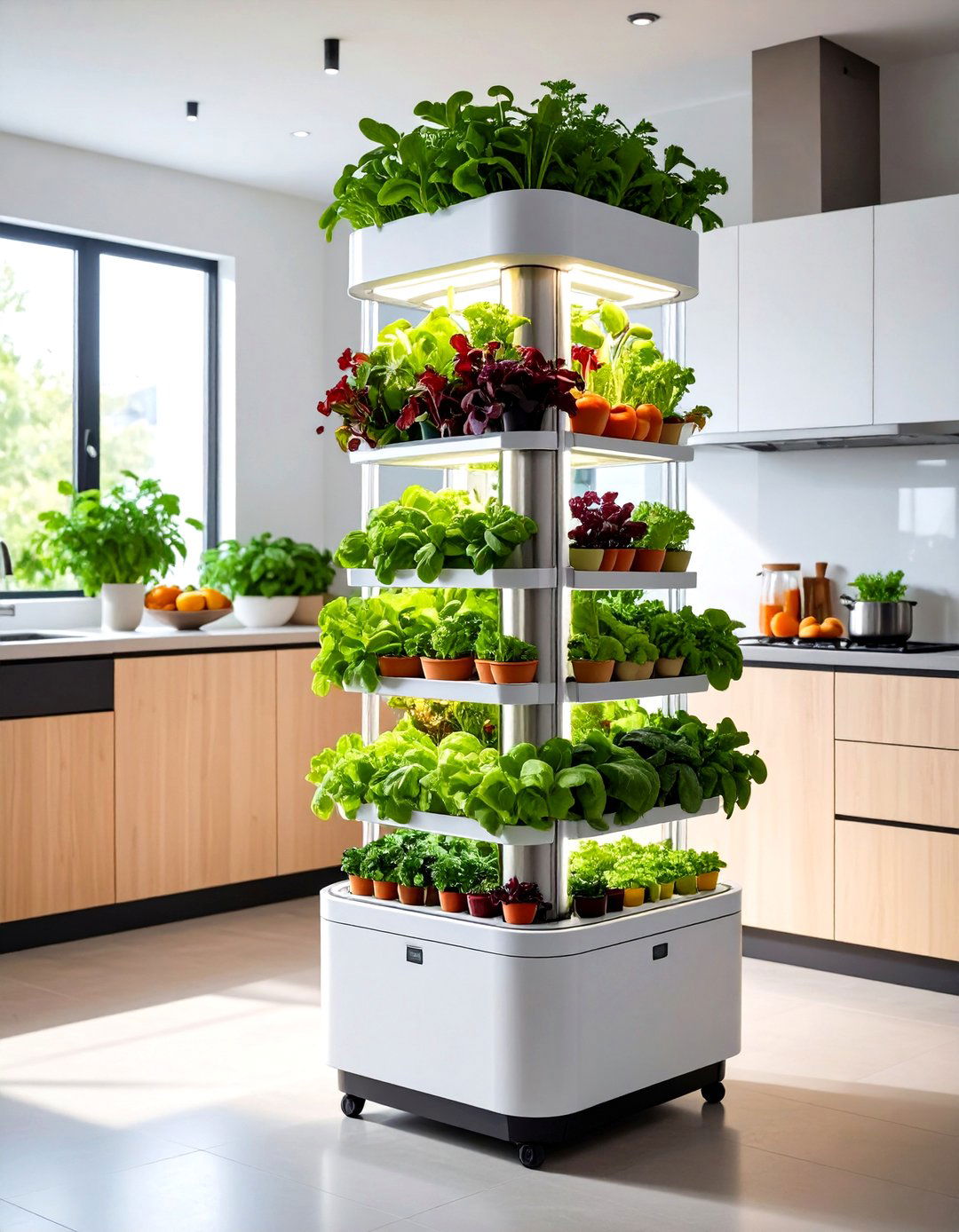
Vertical hydroponic systems maximize growing space by utilizing tower designs that can hold 28 or more plants in minimal floor space. These soil-free systems circulate nutrient-rich water through multiple growing levels, making them perfect for apartments and small homes. The Farmstand-style systems can grow up to 36 plants in just 4 square feet while using 95% less water than traditional gardening. You can grow lettuce, herbs, strawberries, and other compact plants year-round with consistent harvests every few weeks. These systems require at least 6 hours of direct sunlight daily or supplemental LED grow lights. The automated watering and nutrient delivery makes maintenance simple, requiring only weekly solution changes and occasional cleaning. Perfect for urban gardeners seeking maximum productivity in minimal space.
2. Windowsill Herb Indoor Garden
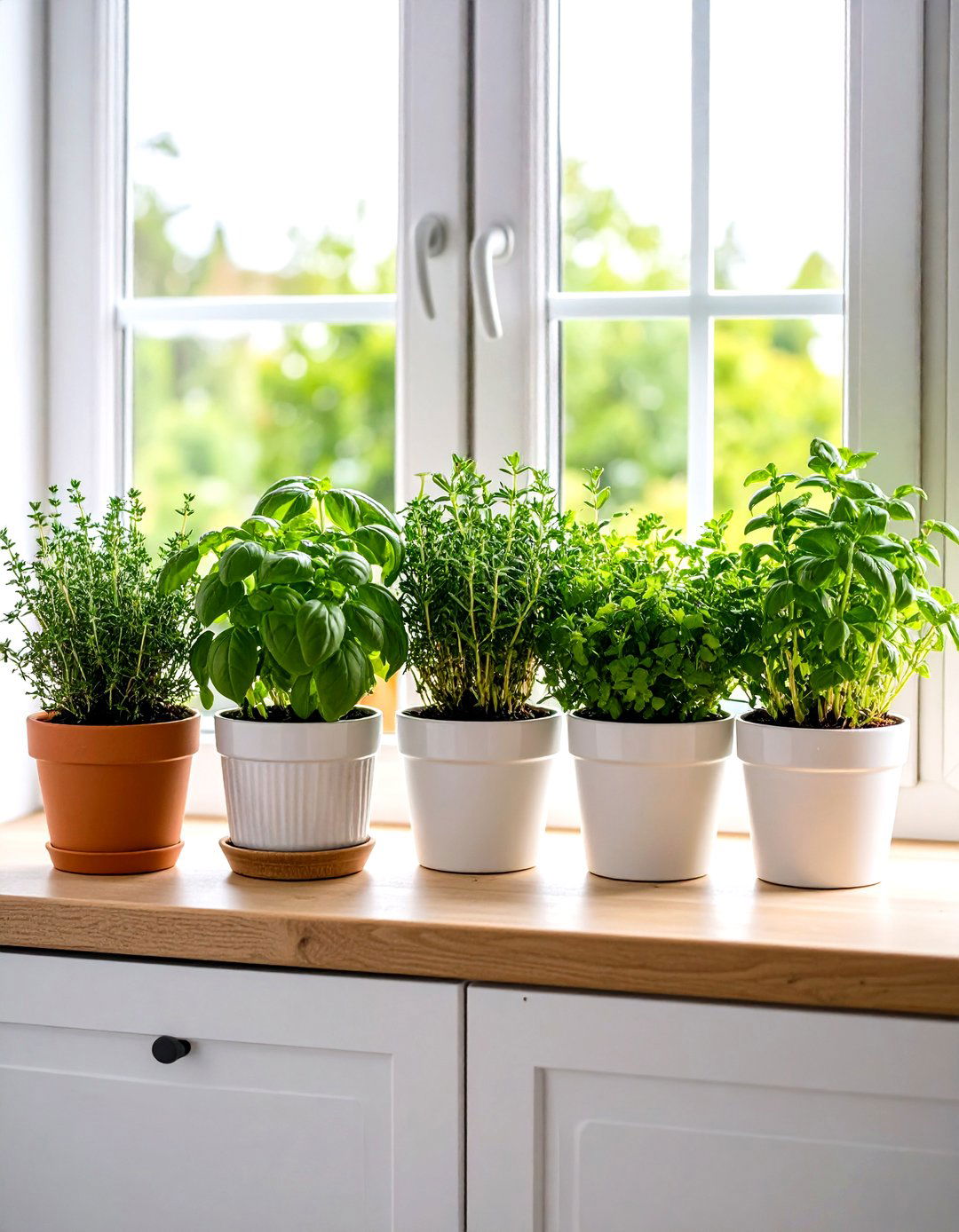
A windowsill herb garden brings fresh flavors within arm's reach of your kitchen, using containers at least 4 inches deep with proper drainage. Choose versatile herbs like basil, thyme, oregano, parsley, sage, and rosemary that thrive in bright, indirect light. Most herbs have shallow root systems making them ideal for containers only six inches deep. Position draping herbs like mint near container edges so they can cascade over the sides. Self-watering planters eliminate guesswork while maintaining consistent moisture levels. Start with herb plant starters for quicker results, or grow from seeds for a more economical approach. Fill containers with high-quality potting mix rather than heavy potting soil for better drainage. Regular harvesting encourages continued growth and prevents plants from becoming leggy.
3. Succulent Terrarium Indoor Garden
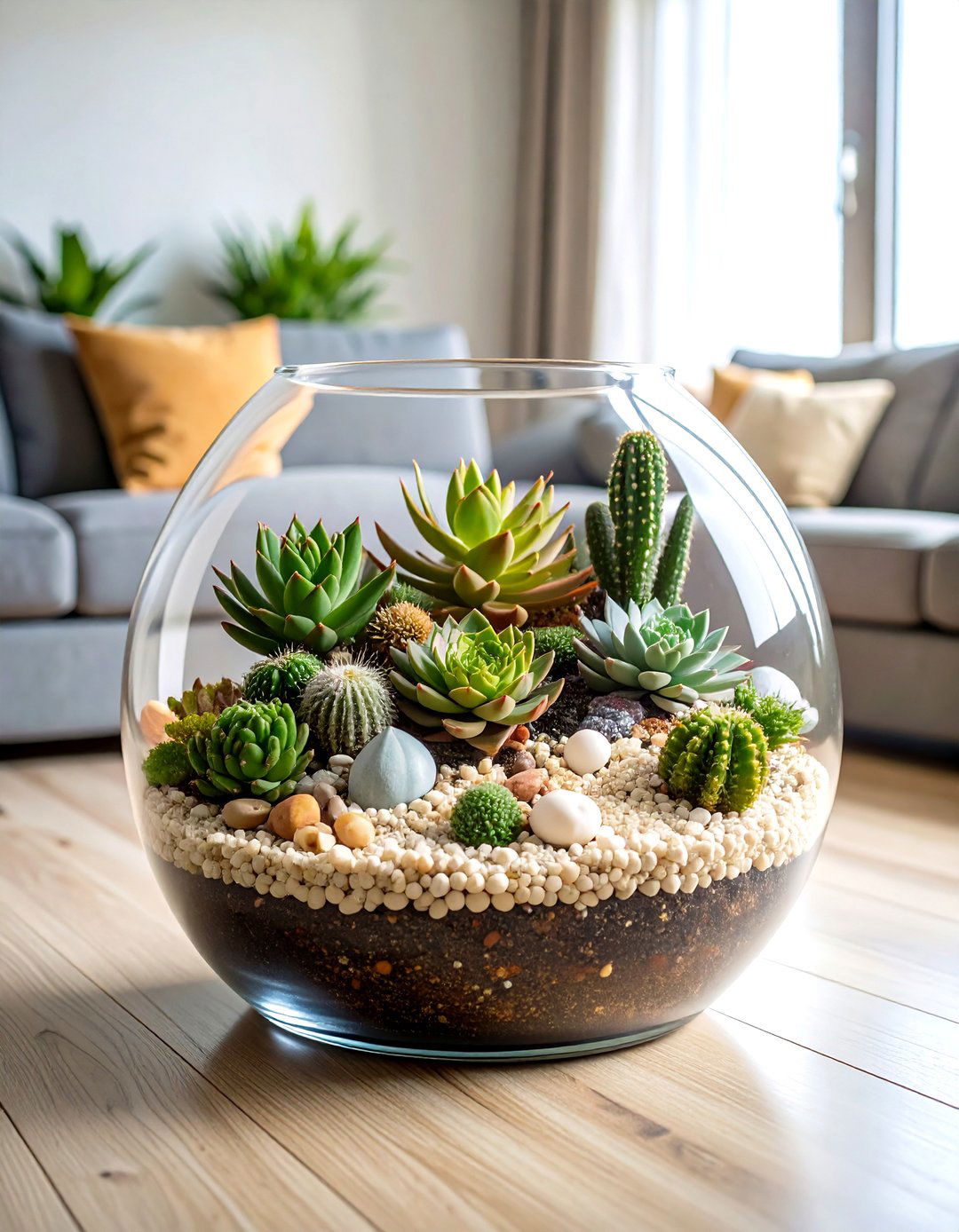
Succulent terrariums create miniature desert landscapes in glass containers, perfect for adding natural beauty to any indoor space. Use only open terrariums with plenty of airflow, as humidity in sealed containers is too high for succulents. Select slow-growing varieties like Jade plants, String of Pearls, Lithops, and Sempervivum to prevent overcrowding. Layer your container with gravel for drainage, activated charcoal for odor control, and gritty, well-draining soil such as cactus mix. Space plants at least an inch apart to ensure adequate airflow and prevent damping off. Place in areas with lots of airflow and indirect light, avoiding direct sun for more than a couple hours. Water sparingly only when soil is completely dry, making these gardens perfect for busy lifestyles.
4. Air-Purifying Houseplant Indoor Garden
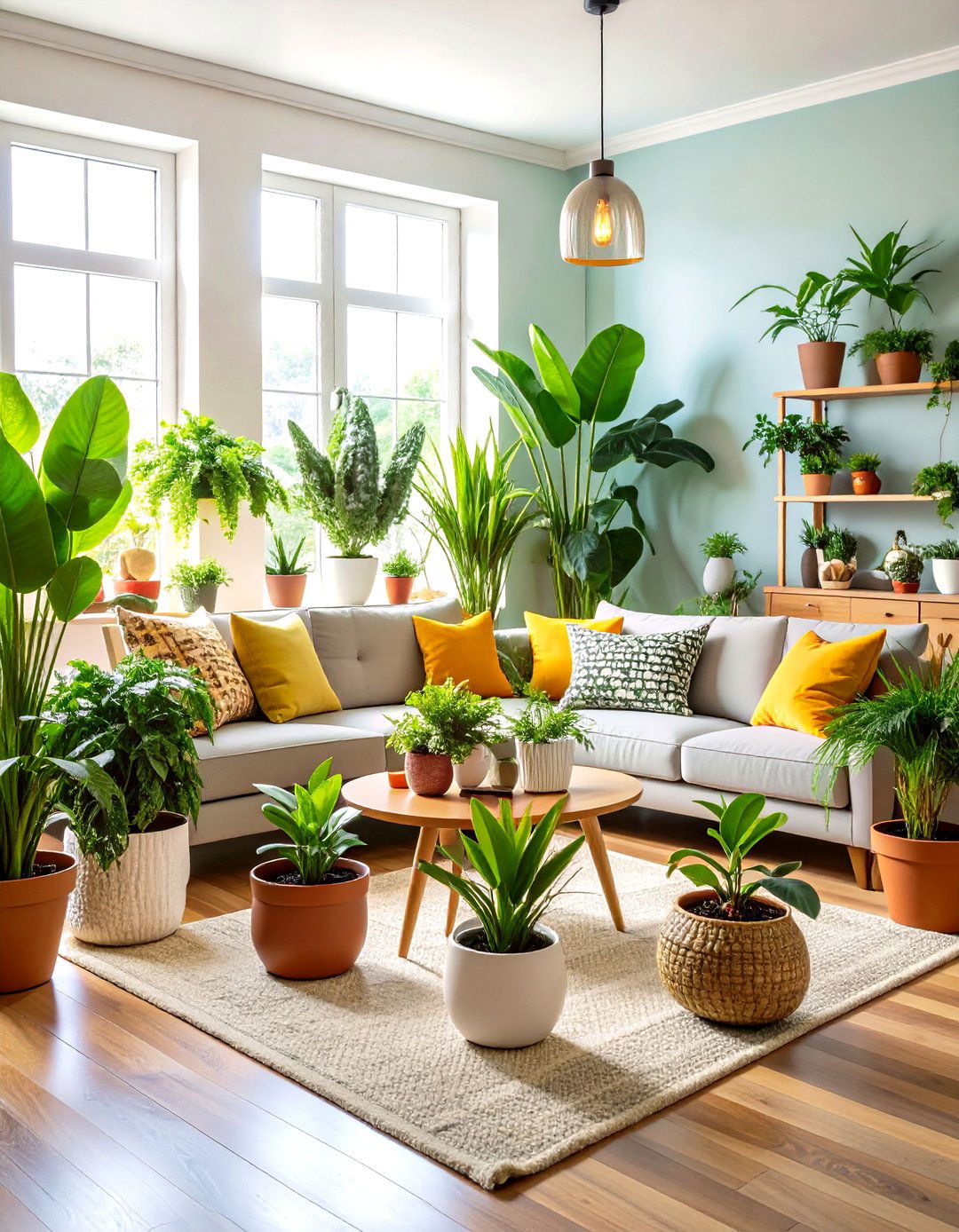
Air-purifying houseplants like Snake Plants, Peace Lilies, and Rubber Plants filter indoor toxins while creating healthier living environments. Snake Plants produce oxygen at night, making them ideal for bedrooms, while removing formaldehyde and benzene from the air. Peace Lilies absorb airborne toxins through their leaves and break them down in the soil. Rubber Plants with their large, glossy leaves make bold statement pieces while filtering out toxins. Arrange multiple varieties throughout your home to maximize air purification benefits. These plants also increase humidity levels, which can be beneficial in dry indoor environments. Position plants according to their specific light requirements, with hardy Snake Plants tolerating various conditions while Boston Ferns prefer temperate climates. Regular care keeps them functioning as natural air filters.
5. Microgreens Indoor Garden Setup
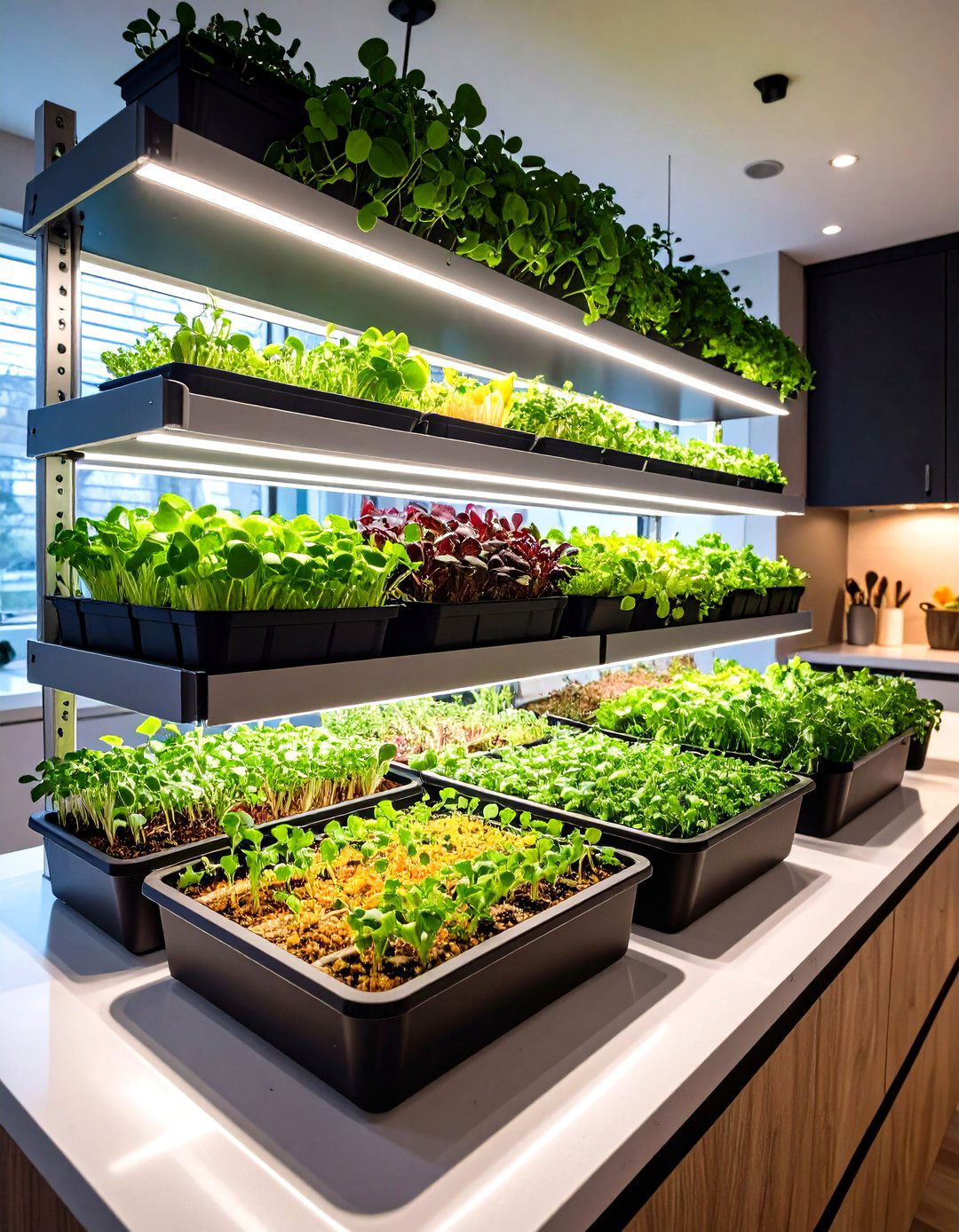
Microgreens rank among the simplest and most nutritious plants you can grow indoors, requiring only seeds, soil, water, artificial light, and trays. These nutrient-dense baby greens can be grown year-round regardless of outdoor weather conditions, providing fresh harvests in just 7-14 days. Grow them right next to your kitchen sink for convenient access to fresh, flavorful additions to salads and meals. Popular varieties include arugula, radish, pea shoots, sunflower, and broccoli microgreens. Use shallow trays with drainage holes, quality seed starting mix, and LED grow lights for optimal results. The controlled indoor environment protects against weather extremes, making microgreens perfect for northern winters or southern summers. Succession planting every few days ensures continuous harvests. Simple setup requires minimal space while delivering maximum nutrition and flavor.
6. Self-Watering Container Indoor Garden
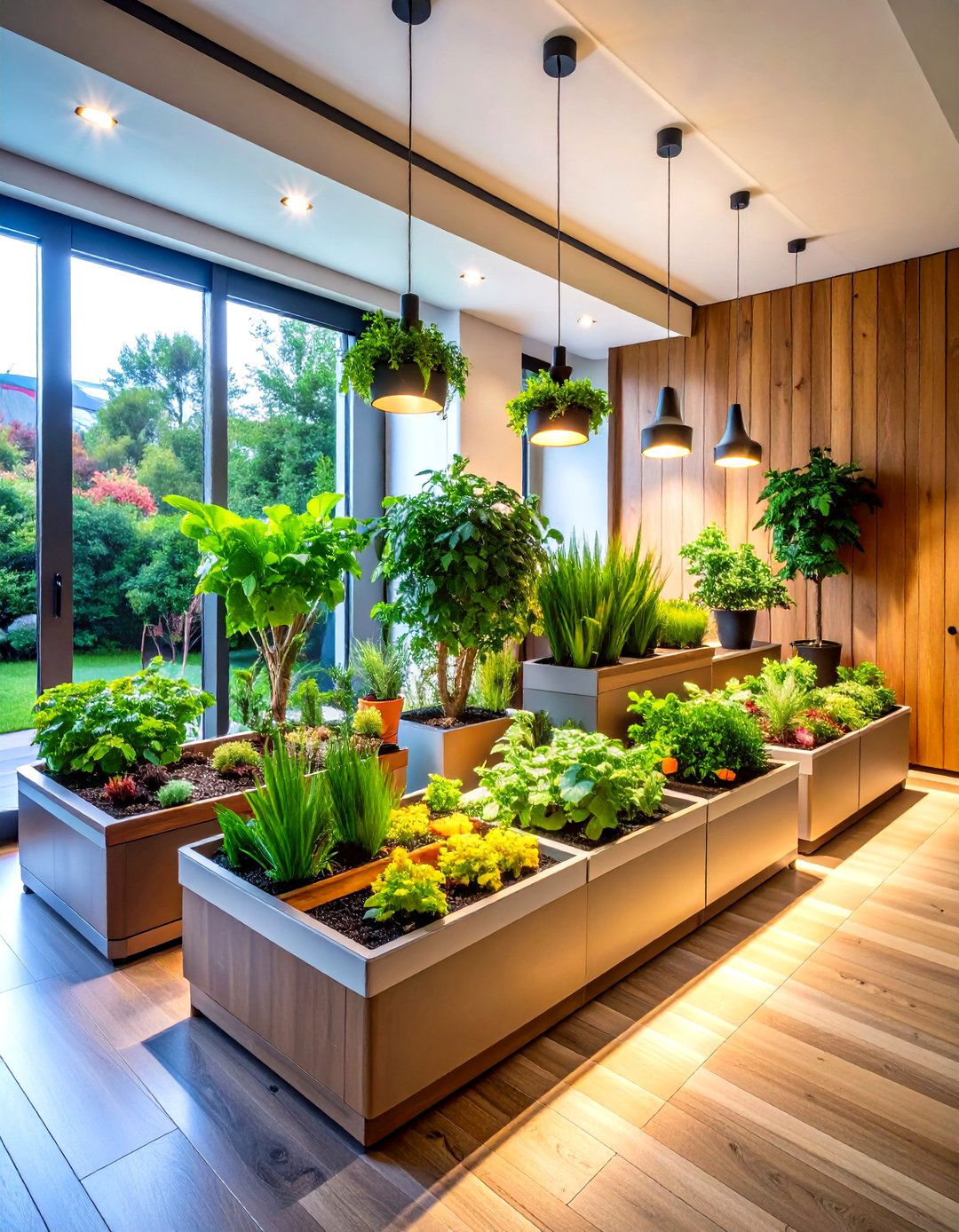
Self-watering planters feature large water reservoirs and wicking systems that automatically hydrate plants, reducing maintenance while ensuring consistent moisture. These systems prevent both overwatering and underwatering, common issues that kill indoor plants. The visible water level indicators make monitoring simple, while the wicking strings draw water up to plant roots as needed. Perfect for herbs, vegetables, and flowering plants that require regular moisture. These planters work excellently for both indoor and outdoor placement, offering versatile growing options. The reservoir typically holds enough water for several days to a week, depending on plant size and environmental conditions. Setup involves proper placement of wicking strings and initial soil hydration. Ideal for busy gardeners, frequent travelers, or anyone wanting foolproof plant care with minimal daily attention.
7. LED Grow Light Indoor Garden
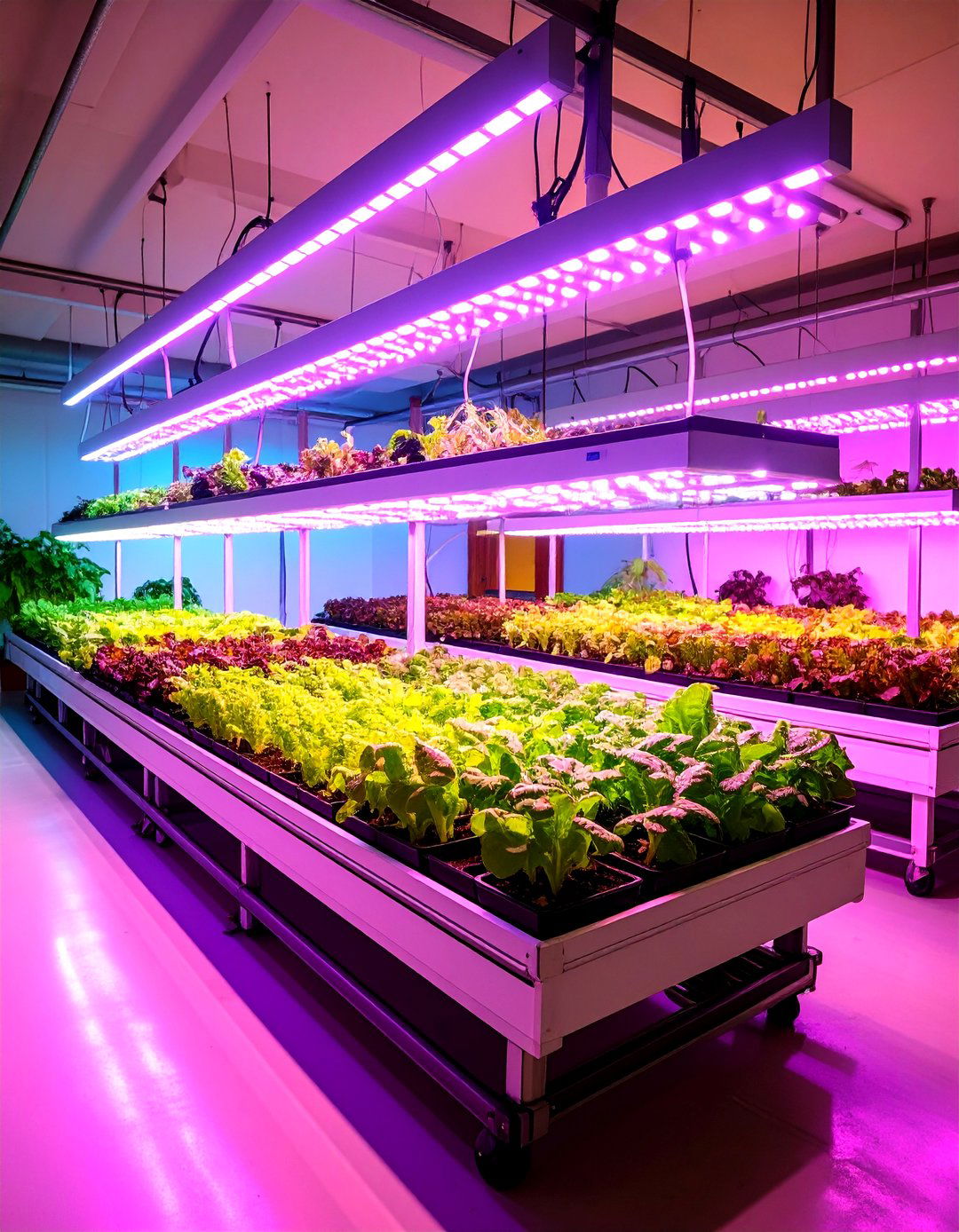
LED grow lights enable successful indoor gardening by providing full-spectrum lighting that plants need for photosynthesis and healthy growth. Modern LED technology is energy-efficient and produces less heat than traditional grow lights, making them safe for close placement to plants. Position lights to provide at least 6 hours of direct light daily for most edible plants. For vertical systems, multiple light bars can be daisy-chained and arranged according to desired spacing. Adjustable height fixtures accommodate plants as they grow. BIOS Icarus Li LED bars are cost-effective solutions for racking systems and vertical gardens. Timer controls automate light cycles, typically 12-16 hours for leafy greens and herbs. This technology transforms any dark corner, basement, or interior room into a productive growing space year-round.
8. Hanging Air Plant Indoor Garden
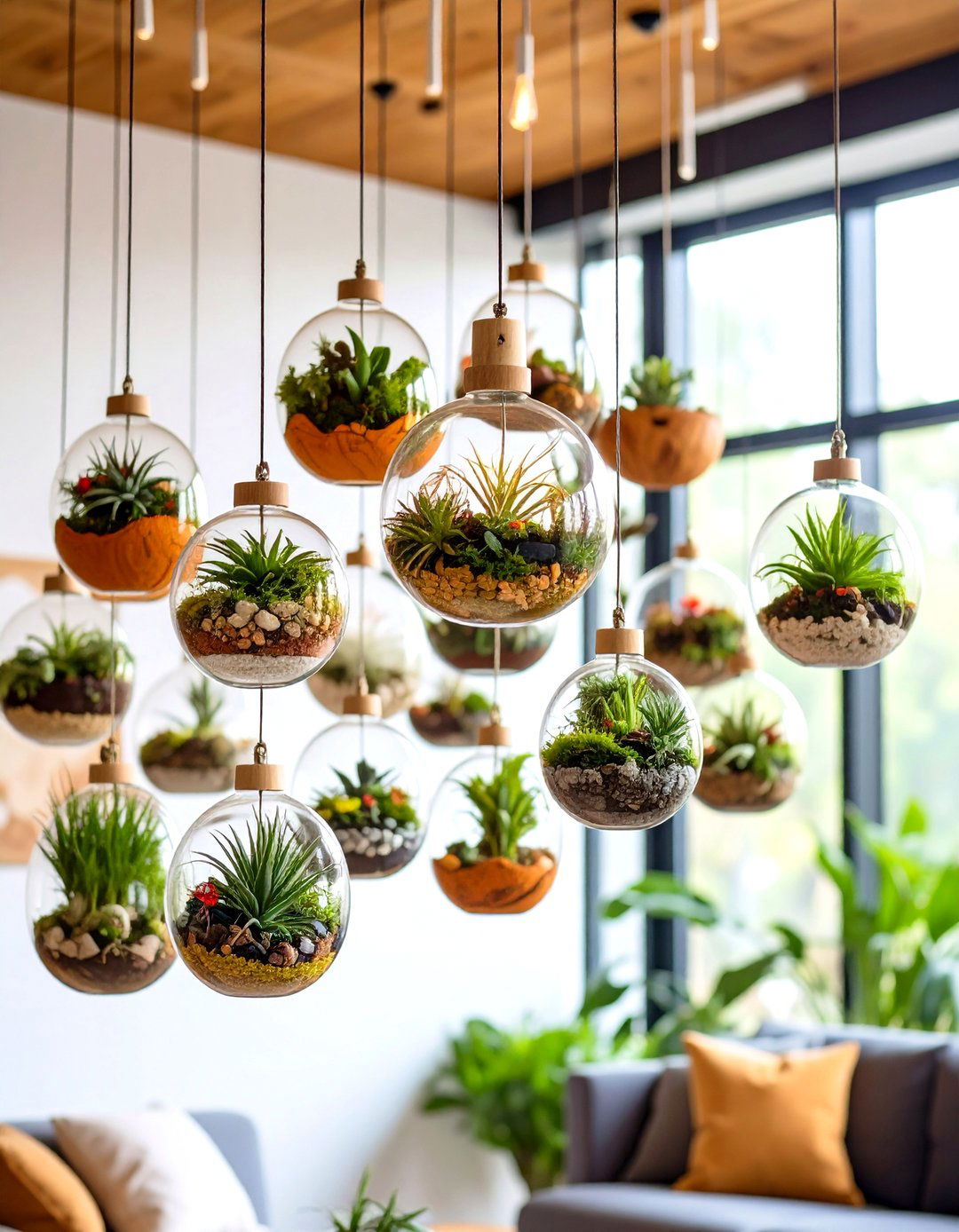
Air plants offer unique versatility as they require no soil and can be incorporated into hanging terrariums, wall displays, or mounted surfaces. These plants extract moisture and nutrients directly from the air through specialized scales on their leaves. Air plants can fit inside tiny bauble terrariums that hang from ceilings or trail over bookshelves, creating more visual interest than traditional plant displays. Weekly care involves removing the plant to mist or dunk in water, then returning to its display location. Mount them on driftwood, cork bark, or decorative wire frames for artistic presentations. They're much more versatile than soil-based plants since they don't need to sit on surfaces. Perfect for small spaces, these gravity-defying gardens add sculptural elements while requiring minimal maintenance.
9. Mason Jar Hydroponic Indoor Garden
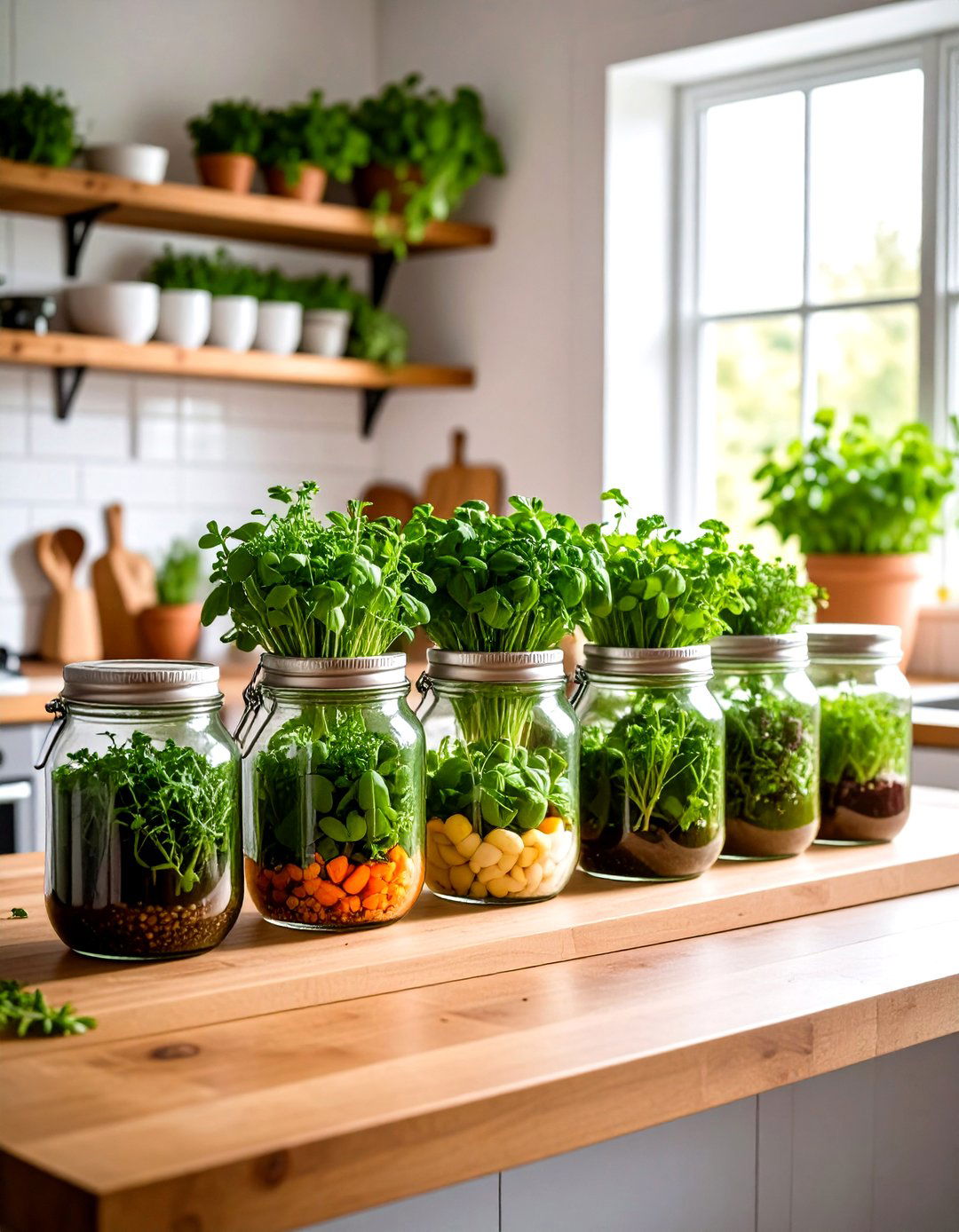
Mason jar gardens offer an affordable DIY approach to hydroponic growing, using self-watering systems that deliver nutrients through wicking processes. These vintage-inspired containers double as attractive décor while functioning as productive growing systems. Popular combinations include basil and parsley, or basil and mint, with jars designed for easy reuse. The clear glass allows you to monitor root development and water levels easily. Fill jars with growing medium like expanded clay pebbles or rockwool, add hydroponic nutrients, and watch plants thrive. The compact size makes them perfect for countertops or windowsills without taking up significant space. You can create DIY versions using plastic bottles and basic hydroponic supplies from pet stores. These beginner-friendly systems introduce the principles of soilless growing affordably.
10. Farmhouse-Style Metal Planter Indoor Garden
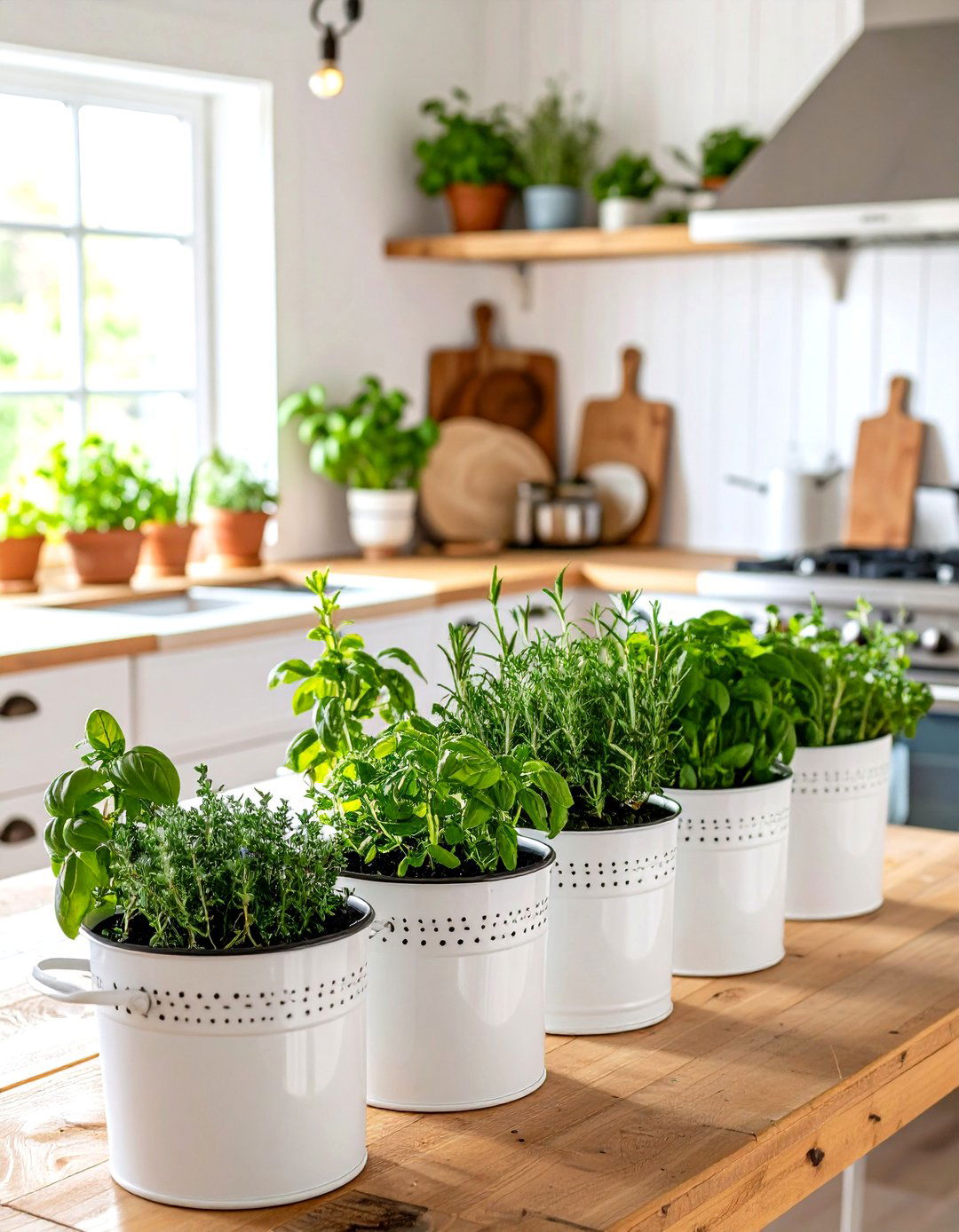
Farmhouse-style metal planters bring rustic charm to indoor herb cultivation while providing proper drainage and professional appearance. White metal designs with galvanized finishes create authentic farm-like aesthetics that complement kitchen décor. These planters typically come in sets of three with coordinating trays to protect surfaces from water damage. The lightweight yet sturdy construction makes them practical for windowsills and countertops. Built-in drainage holes prevent root rot while the included trays catch excess water. Perfect size for growing fresh herbs for cooking, providing convenient access to basil, thyme, oregano, and other culinary favorites. The timeless farmhouse design adds character to any space while serving practical growing needs. Many customers appreciate their durability and attractive appearance that enhances rather than detracts from home décor.
11. Boston Fern Humidity Indoor Garden
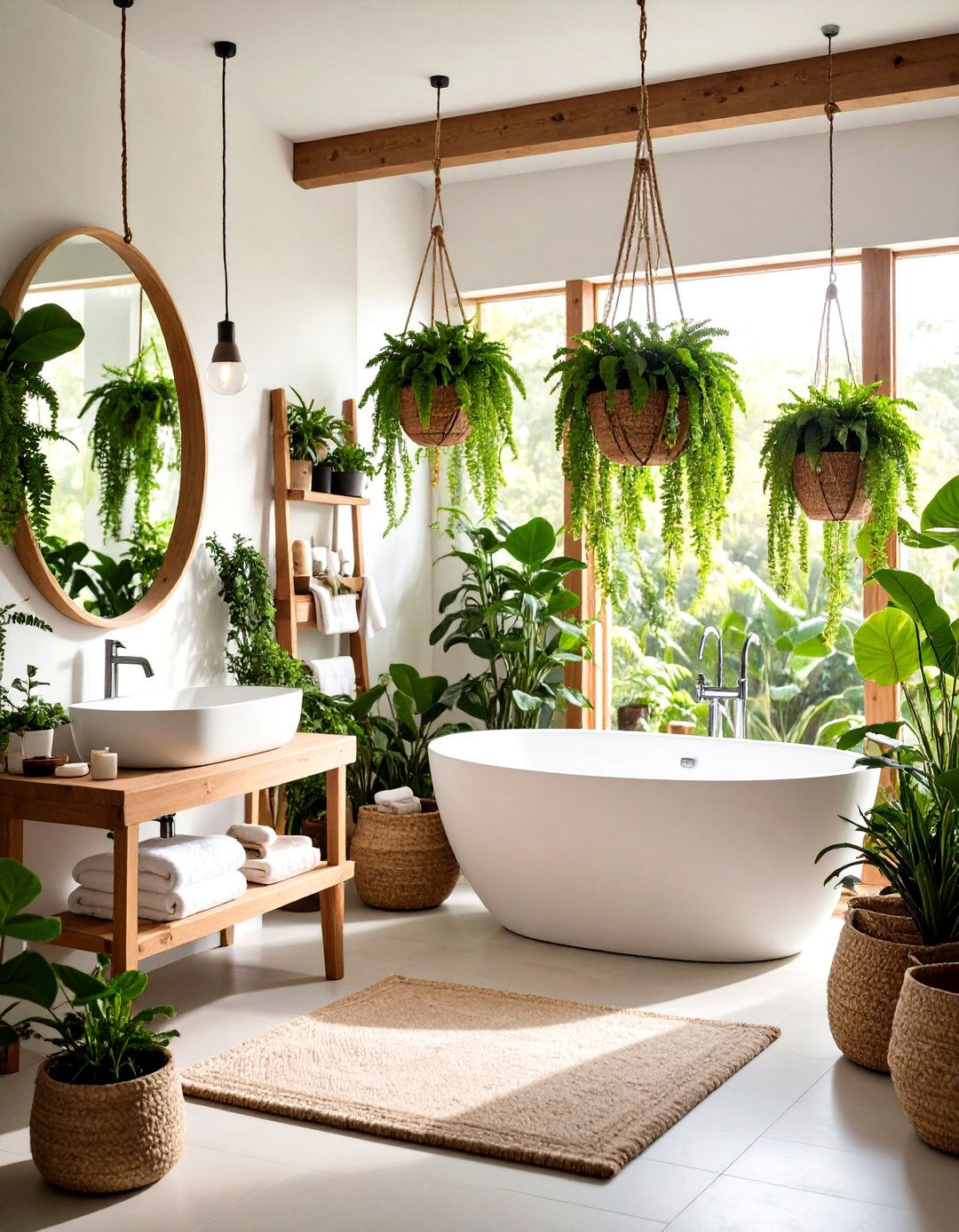
Boston Ferns excel as indoor air purifiers while significantly increasing humidity levels, acting as natural humidifiers in dry environments. These lush, feathery plants thrive in indirect light and consistently moist soil, making them perfect for bathrooms or kitchens. Their proven ability to restore moisture helps combat dry skin and respiratory issues common in heated homes. Hanging baskets showcase their cascading fronds beautifully while maximizing floor space. Mist regularly to maintain humidity around the plant, creating microclimates that benefit nearby plants. Boston Ferns prefer temperate climates and benefit from higher humidity levels than many houseplants. Group with other tropical plants to create humidity zones that benefit all plants collectively. Their air-purifying qualities and moisture-adding properties make them valuable additions to any indoor garden collection, especially during winter months when indoor air becomes particularly dry.
12. Kitchen Counter Herb Indoor Garden
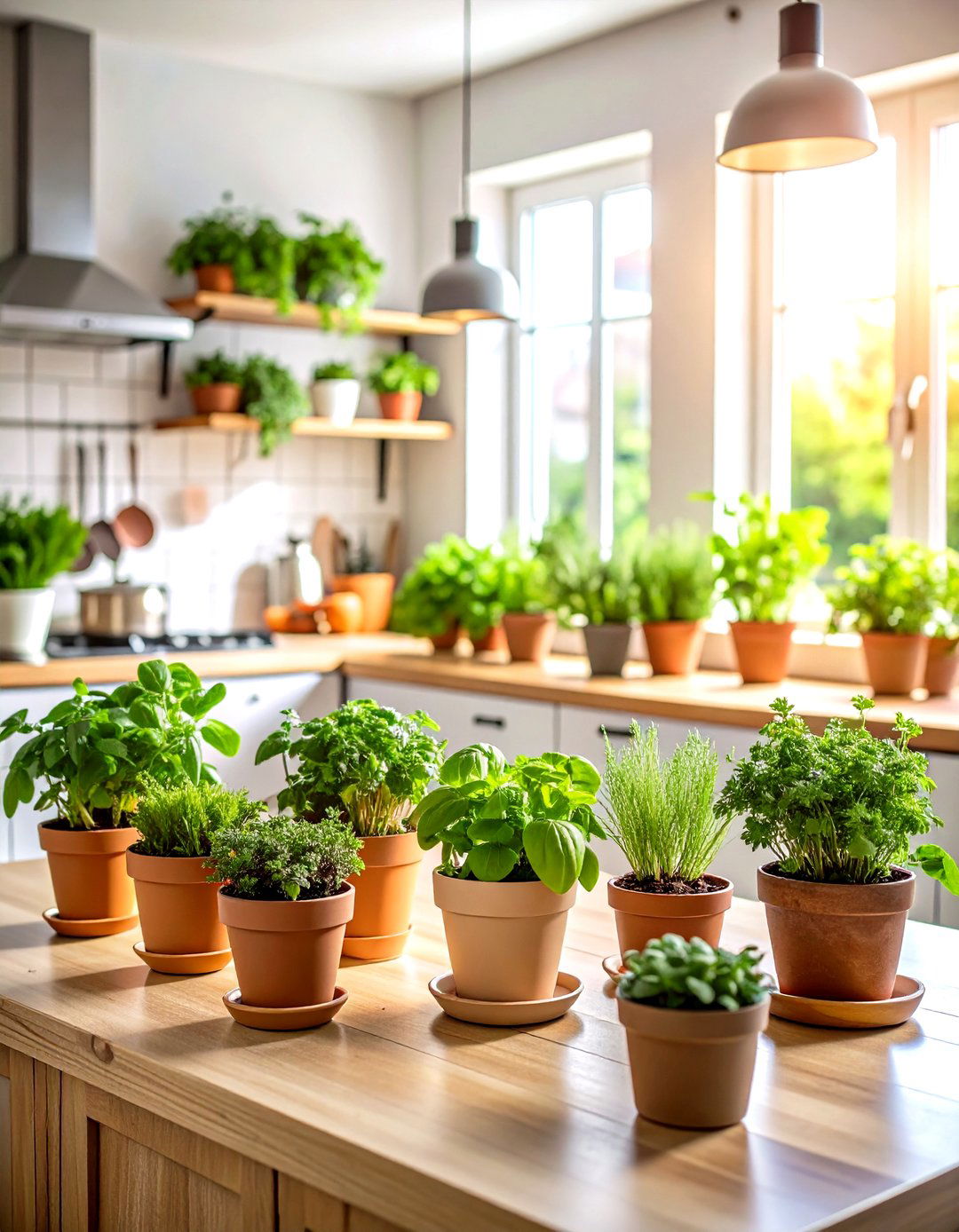
A dedicated kitchen counter herb garden puts fresh flavors at your fingertips during meal preparation. Complete starter kits include everything needed: seeds, pots, soil, labels, and instructions for growing nine different herbs. Choose containers at least a foot wide to grow several herb varieties together, positioning plants strategically for optimal growth. Popular combinations include basil, cilantro, parsley, thyme, oregano, mint, chives, dill, and rosemary. Many gardeners report successful sprouting within days and impressive growth that elevates home cooking. Water herbs from the bottom by placing saucers underneath pots and filling with water. Monitor soil moisture by allowing the top 1-2 inches to dry between waterings. Strategic harvesting encourages bushier growth and continuous production throughout the growing season.
13. Living Wall Vertical Indoor Garden
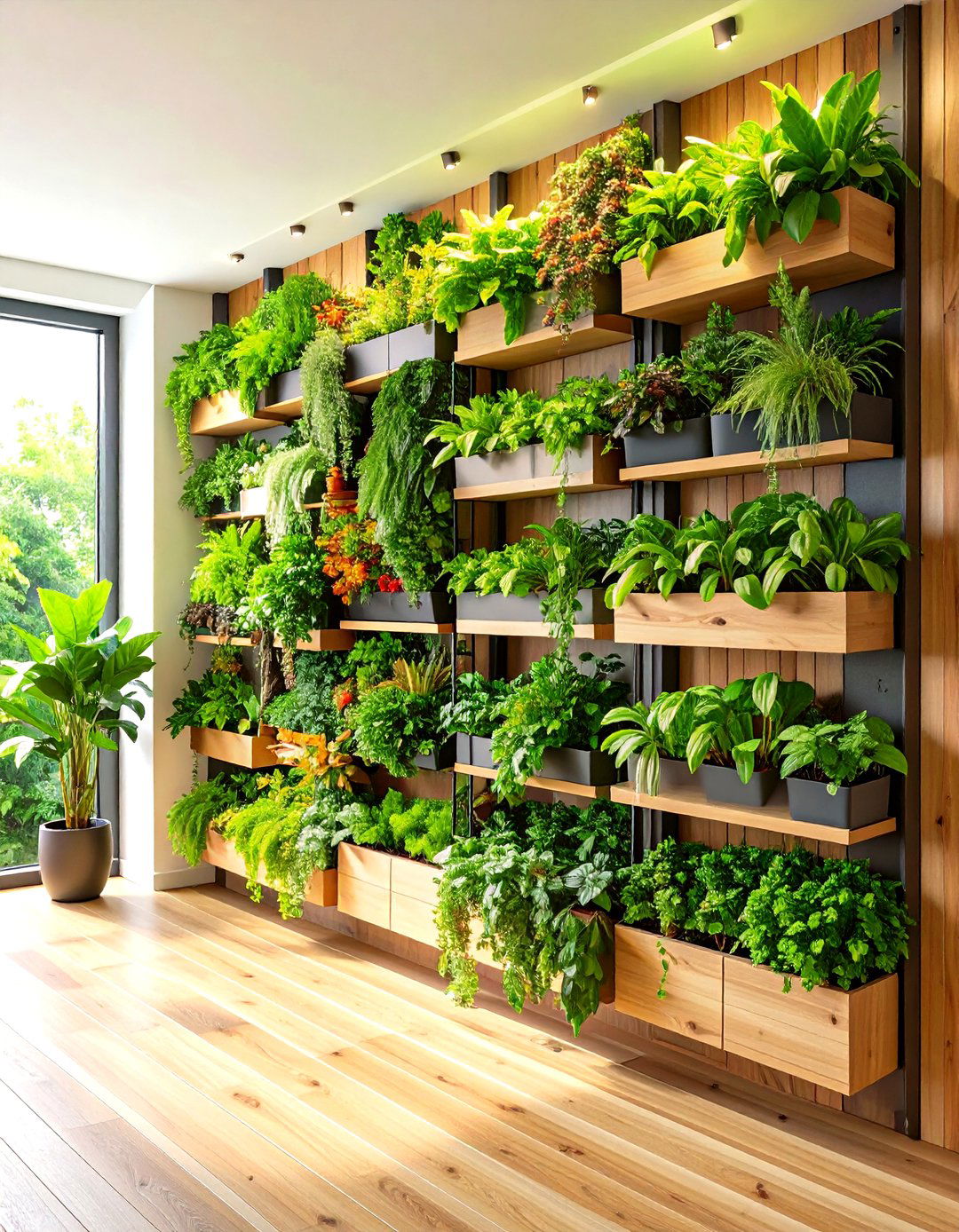
Living walls maximize compact urban spaces by utilizing vertical surfaces for growing diverse plant collections. These green walls beautify interior spaces while contributing to improved air quality and urban biodiversity. Mount modular planting systems on sturdy walls with proper drainage collection systems. Vertical gardening solutions work excellent for balcony gardens and small indoor spaces where floor area is limited. Choose plants with similar light and water requirements for easier maintenance. You can create DIY versions using wall-mounted planters, hanging systems, or repurposed materials like pallets. Install drip irrigation systems for even water distribution across all plants. Consider weight loads and waterproofing when planning installations. These dramatic focal points transform blank walls into productive growing spaces while adding natural beauty and improving indoor air quality significantly.
14. Closed Terrarium Ecosystem Indoor Garden
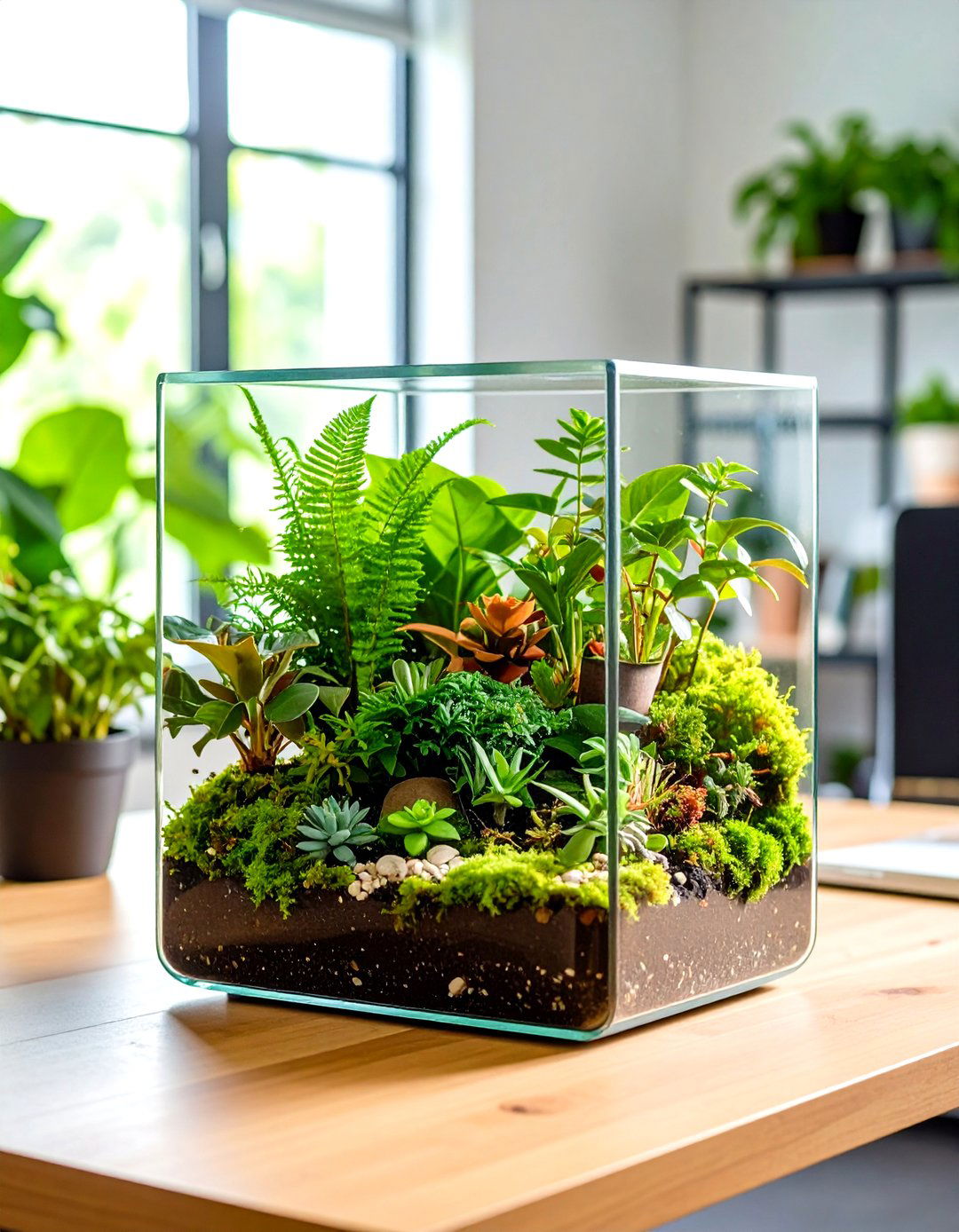
Closed terrariums create self-sustaining ecosystems ideal for moisture-loving plants like ferns, mosses, begonias, and African violets. These sealed glass containers maintain high humidity levels perfect for tropical plants. Begonias thrive in humid environments and come in various colors and sizes, making them excellent terrarium choices. Fittonia offers diverse vein colors including silvery-white, red, pink, and green for creating colorful displays. African Violets from Tanzania and Kenya bloom better in moist air conditions. Layer containers with drainage materials, activated charcoal, and appropriate growing medium. Select small plant varieties ensuring leaves don't touch container walls. The closed system recycles moisture through condensation, requiring minimal watering once established. Perfect for creating miniature jungle environments that require little maintenance while providing fascinating ecosystem observations.
15. Smart Indoor Garden with App Control
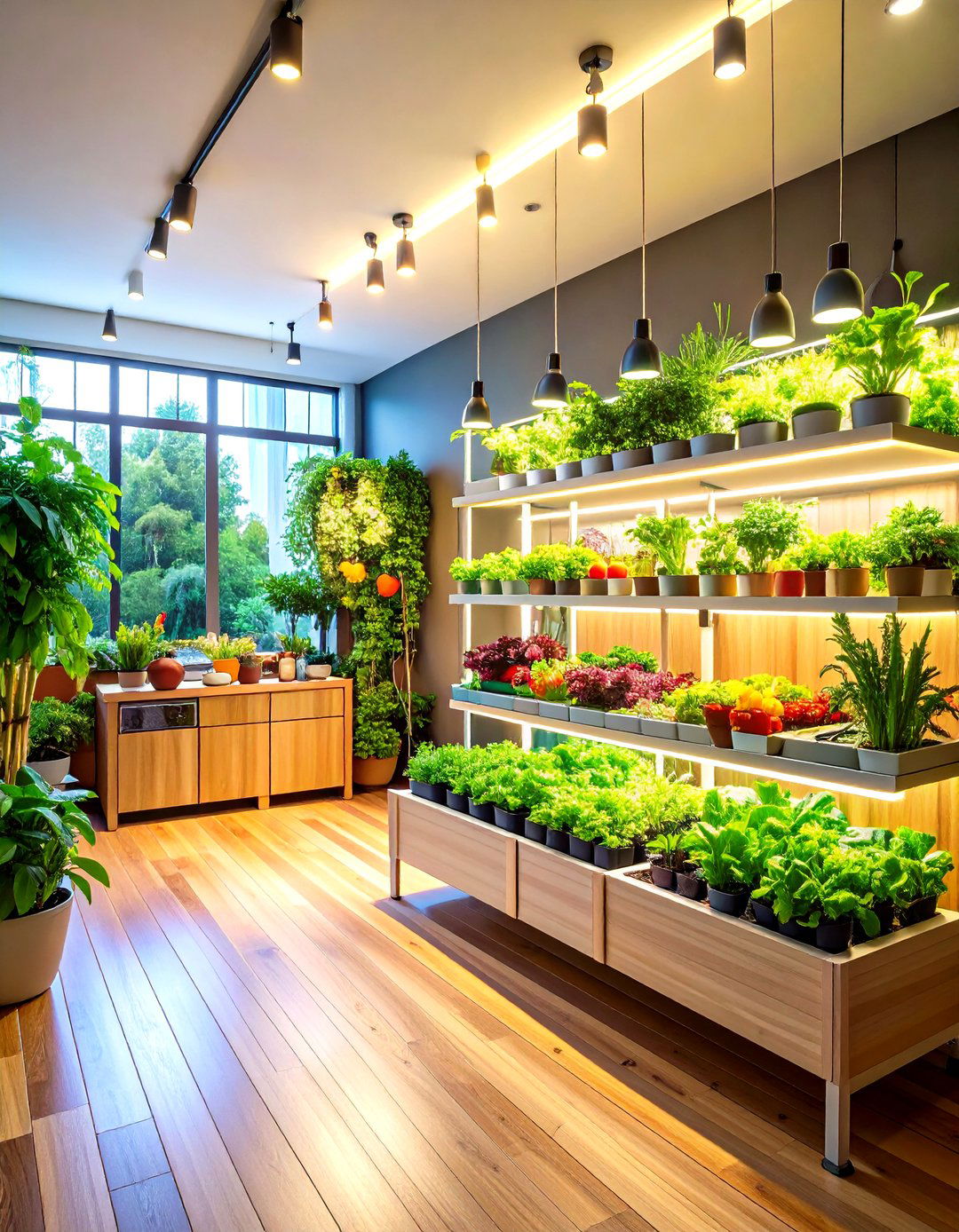
Technology integration makes gardening more accessible with app-controlled irrigation systems, rain sensors, and soil moisture monitors. Smart gardens feature automated nutrient delivery, lighting schedules, and growth monitoring through smartphone apps. Clients increasingly want soil sensors that notify them when plants need water, making plant care foolproof. These systems prevent overwatering and underwatering while optimizing growing conditions automatically. WiFi-enabled devices allow remote monitoring and control even when traveling. Built-in cameras let you observe plant progress and detect issues early. Many systems feature integrated LED grow lights with programmable schedules. The combination of automation and monitoring creates ideal growing conditions while educating users about plant needs. Smart watering devices with rain sensors prevent unnecessary watering when natural precipitation occurs. Perfect for tech-savvy gardeners seeking precision growing with minimal guesswork.
16. Bamboo Palm Air-Purifying Indoor Garden
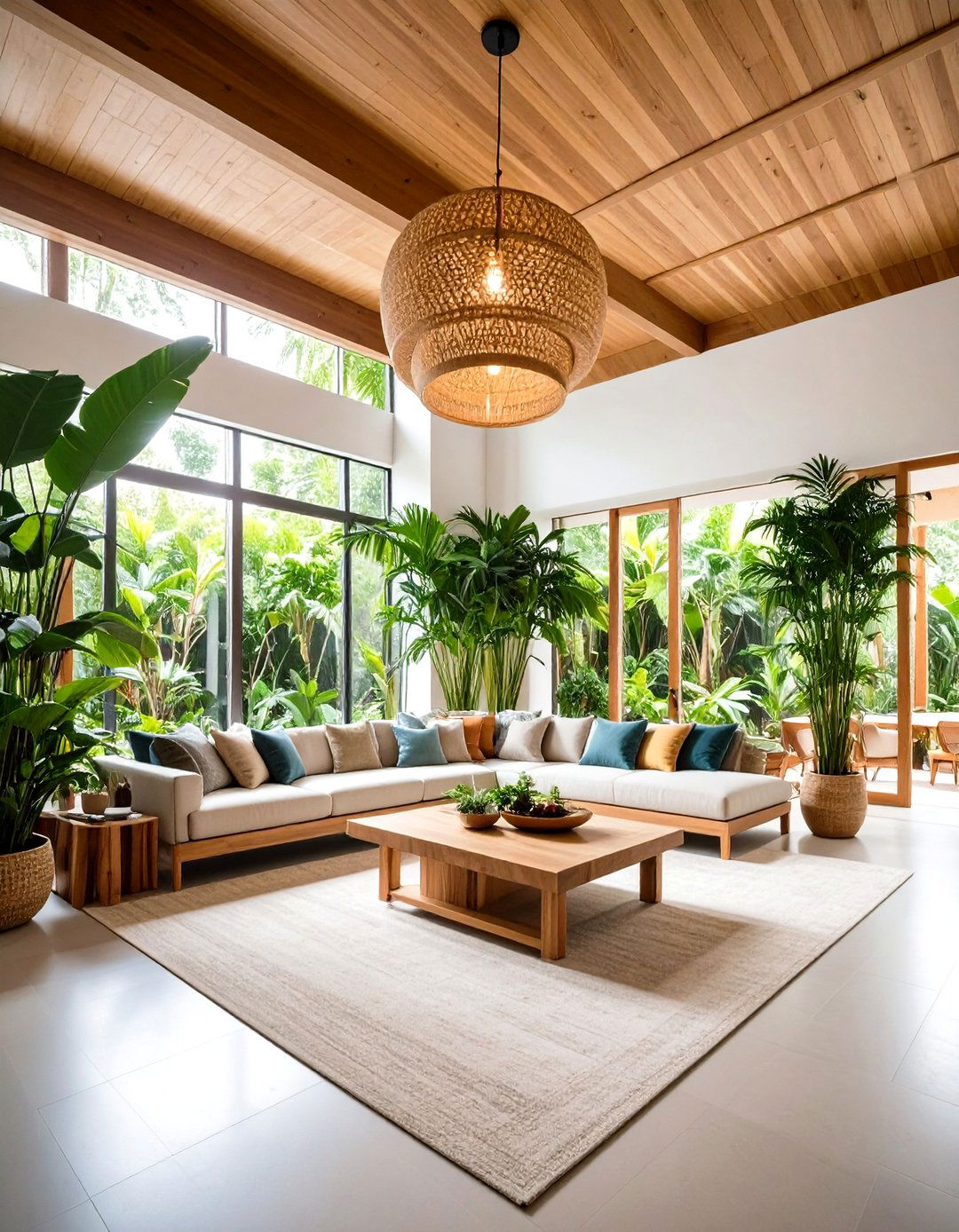
Bamboo Palms rank near the top of NASA's air-purifying plant studies, excelling at removing chemicals associated with paints and new carpets. These elegant palms can grow up to 12 feet tall, making them excellent for rooms with high ceilings where they can filter large volumes of air. Their substantial size contributes to their impressive air-filtering capabilities. Place in bright, indirect light away from direct sunlight that can scorch the fronds. Maintain consistent moisture without waterlogging, using well-draining potting mix. Higher humidity levels benefit these tropical plants, so group with other plants or use humidity trays. Regular misting helps maintain healthy fronds and optimal growth. The impressive height and spread make these plants ideal focal points for living rooms, offices, or atriums. Their air-purifying prowess combined with tropical elegance creates healthier, more beautiful indoor environments.
17. Propagation Station Indoor Garden
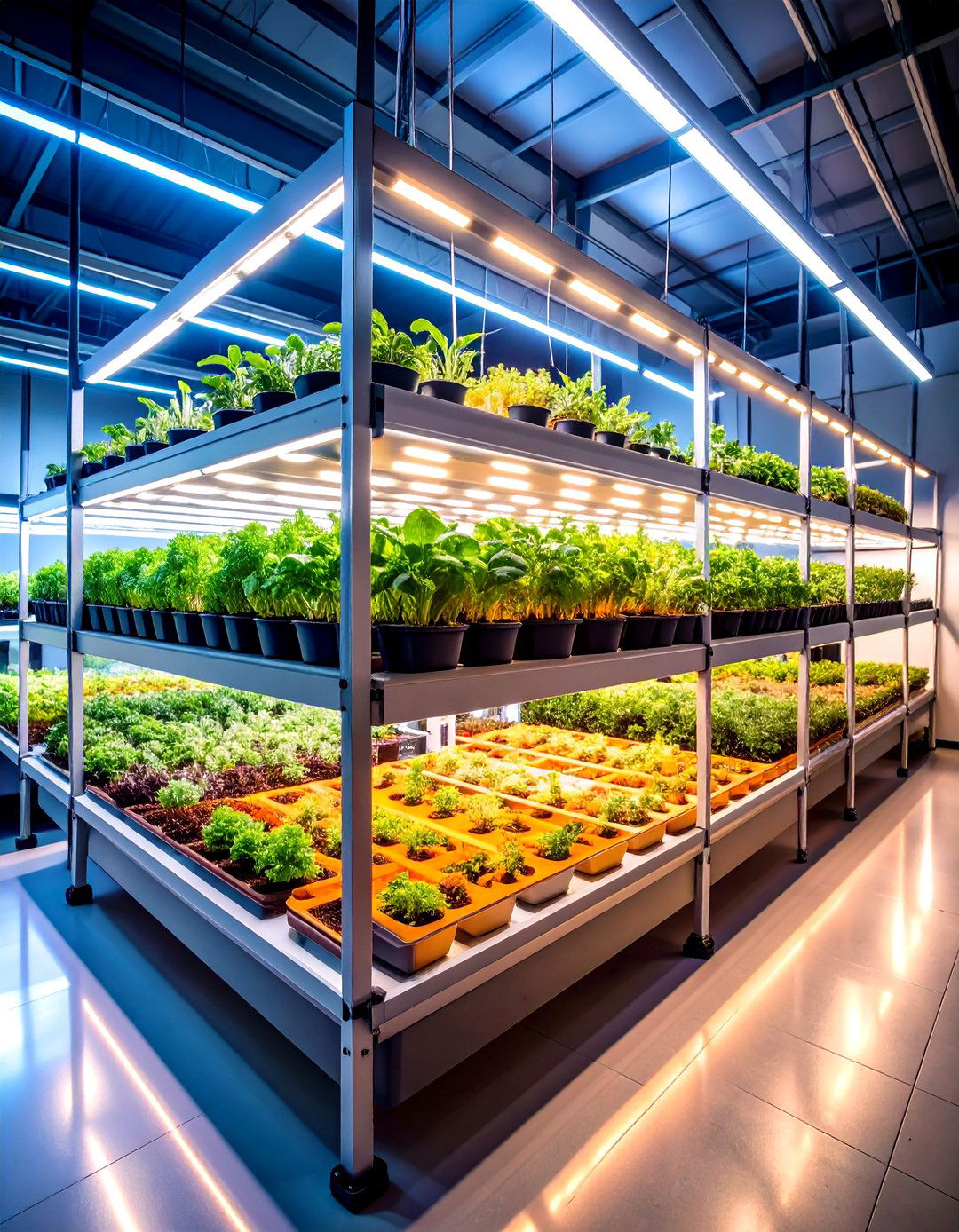
Create a dedicated propagation station for multiplying your plant collection through cuttings, divisions, and seed starting. Use clear containers to monitor root development in water-rooted cuttings from pothos, philodendrons, and herbs. Start garlic shoots by planting individual cloves in containers and harvesting the green tops for seasoning. The same technique works with onion sets, providing continuous harvests of fresh onion greens. Set up seed starting trays with heat mats and grow lights for early season vegetables and flowers. Label everything clearly with plant names and dates for tracking progress. Maintain consistent moisture and temperature for optimal rooting success. These shoots continue growing back for months until the bulb is depleted. This economical approach expands your garden collection while developing propagation skills. Perfect for plant enthusiasts wanting to share with friends or expand their indoor gardens affordably.
18. Edible Flower Indoor Garden
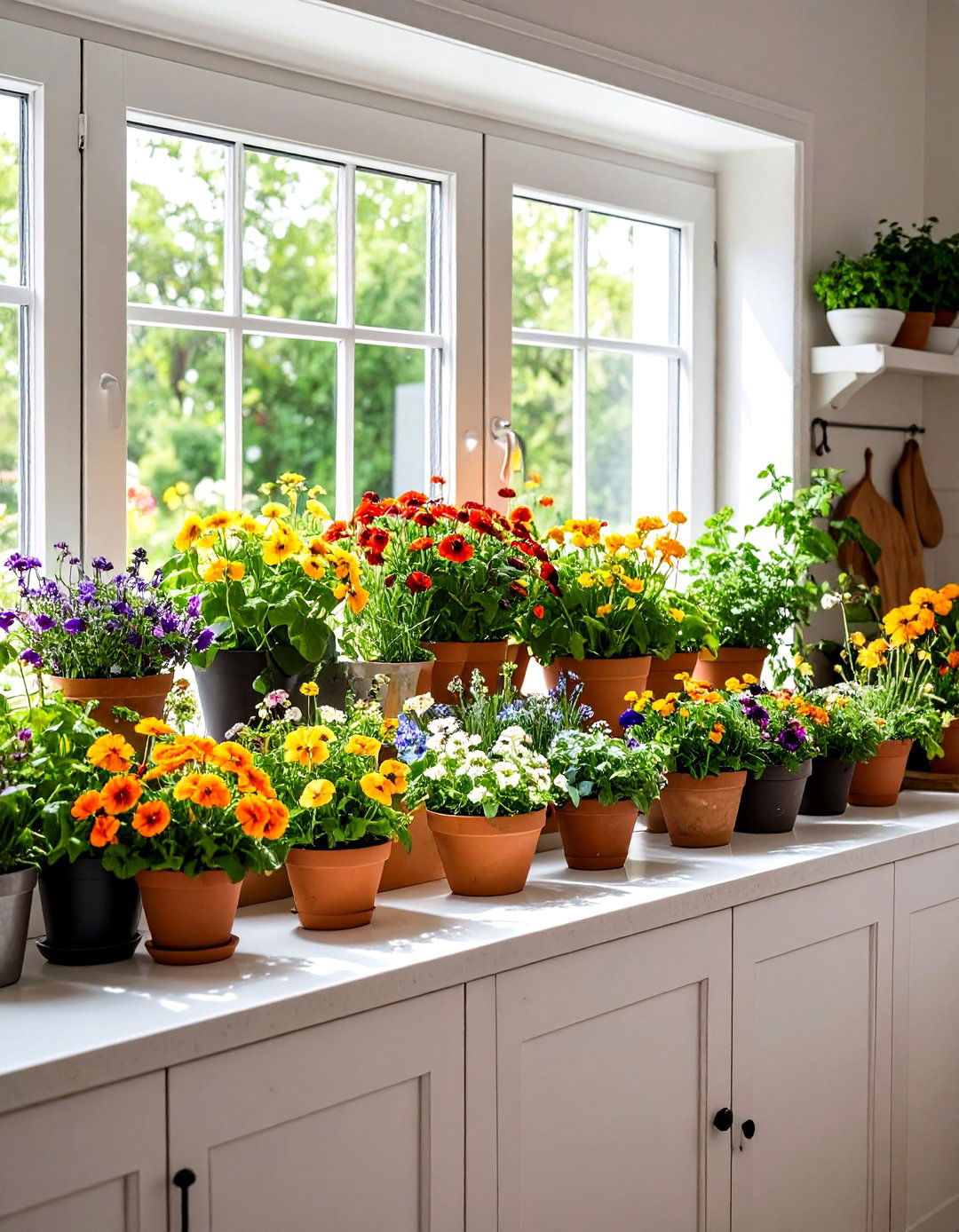
Growing edible flowers indoors provides beautiful, edible blooms for salads, desserts, and garnishes while adding color to your living space. Varieties like nasturtiums, pansies, violas, and calendulas thrive in containers with proper care. These flowers offer peppery, sweet, or mild flavors that enhance culinary presentations. The trend toward locally grown blooms and natural, foraged looks makes homegrown flowers especially valuable. Choose compact varieties suitable for container growing and indoor conditions. Provide bright light through south-facing windows or LED grow lights. Regular deadheading encourages continued blooming and prevents plants from going to seed prematurely. Wildflower styles with cornflowers, cosmos, and daisies create cheerful, bohemian aesthetics. Harvest flowers early in the day when moisture content is highest. Store harvested blooms in cool water until ready to use, adding sophisticated touches to home cooking and entertaining.
19. Drought-Tolerant Succulent Indoor Garden

Drought-tolerant plants offer lush, leafy foliage and vibrant blooms while reducing water usage significantly. Design succulent collections using varieties with different textures, colors, and growth habits for visual interest. Choose slow-growing varieties like Agave, Lithops, and Haworthia that won't outgrow their containers quickly. Lithops, known as Living Stones, provide unique architectural interest perfect for modern interiors. Arrange multiple containers at varying heights to create dynamic displays. Use decorative gravel or sand as top dressing for finished appearances. These plants prefer minimal water and neglect-style care, making them perfect for busy lifestyles. Place in bright, indirect light with good air circulation. Group plants with similar water requirements for simplified care routines. The sculptural qualities and low maintenance needs make these gardens perfect for modern living.
20. Seasonal Bulb Container Indoor Garden

Seasonal tulip displays work better in pots than ground plantings, especially after challenging growing conditions. Spring pot groupings create effective seasonal color impacts achievable in gardens of all sizes, from tabletops to patios. Plant tulips, daffodils, crocuses, and hyacinths in containers with excellent drainage using bulb-specific potting mix. Free-draining compost and grit benefit bulbous plants more than traditional garden soil. Force bulbs indoors by providing cold treatment periods followed by gradual warming and increased light. Layer different bulb varieties for extended blooming periods throughout spring months. After blooming, allow foliage to die back naturally to nourish bulbs for following year's display. Store containers in cool, dry locations during dormancy periods. This approach provides controlled growing conditions that produce more reliable blooms than uncertain outdoor weather conditions.
Conclusion:
Indoor gardening offers endless possibilities for bringing nature into your living space while providing fresh food, cleaner air, and natural beauty year-round. These twenty indoor garden ideas demonstrate that successful growing doesn't require extensive outdoor space or perfect weather conditions. From high-tech hydroponic systems to simple windowsill herb collections, there's an indoor garden solution for every skill level, space constraint, and lifestyle. Modern trends emphasize sustainability, technology integration, and maximizing small spaces through vertical growing and innovative container systems. Start small with one or two ideas that appeal to your interests and available space, then expand your indoor garden as your confidence and experience grow. The journey of indoor gardening connects you with nature's cycles while enhancing your home's health, beauty, and productivity throughout every season.


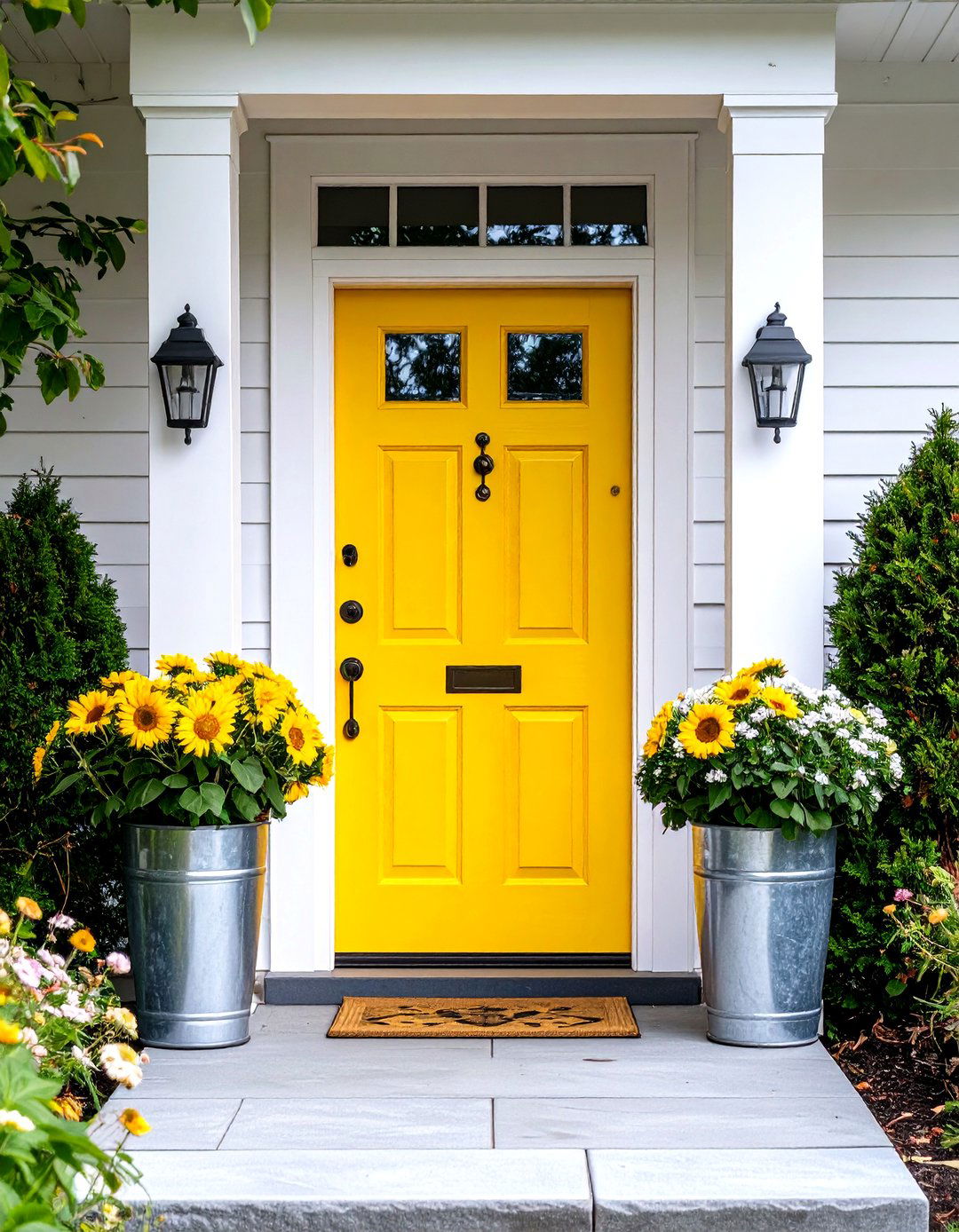

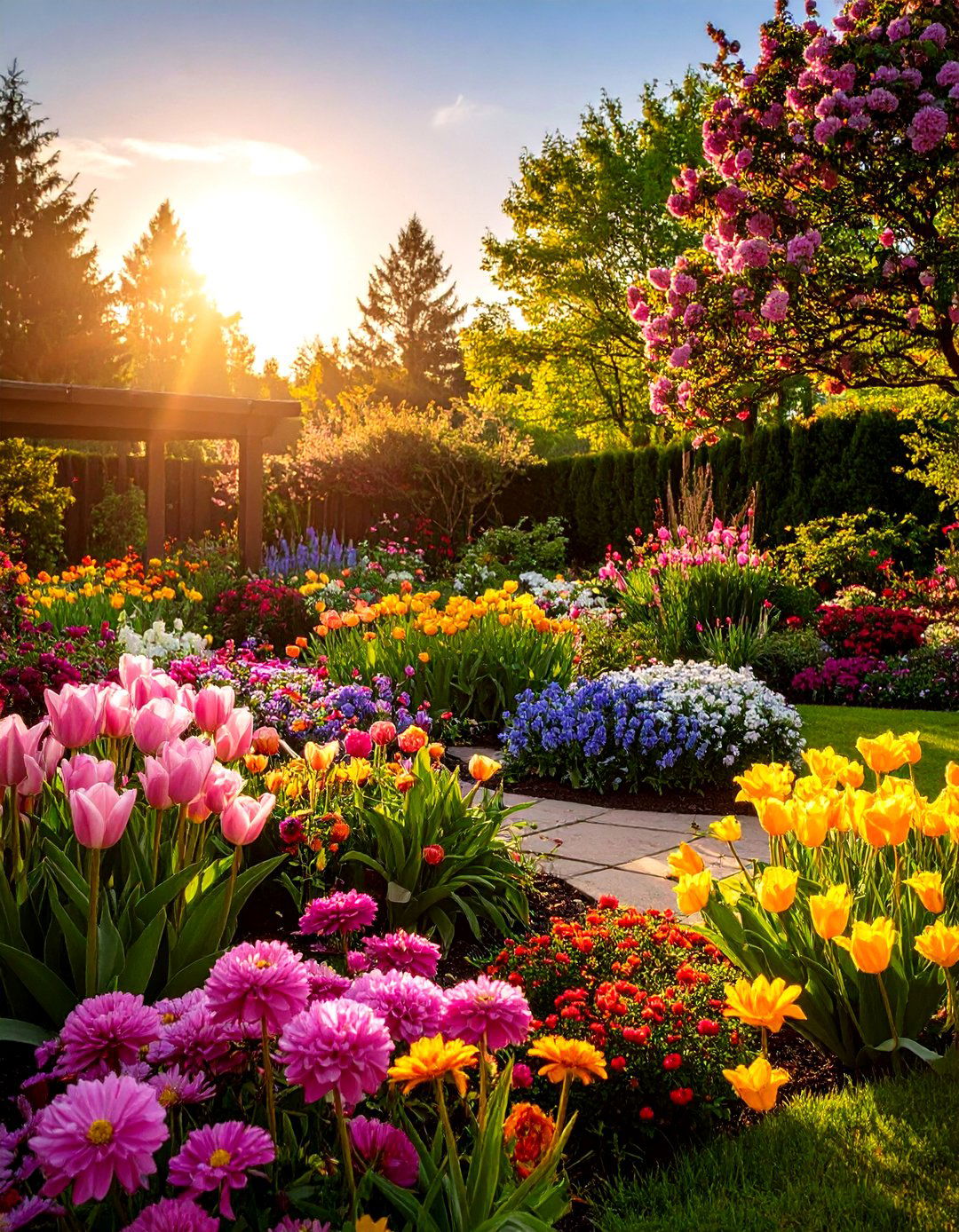

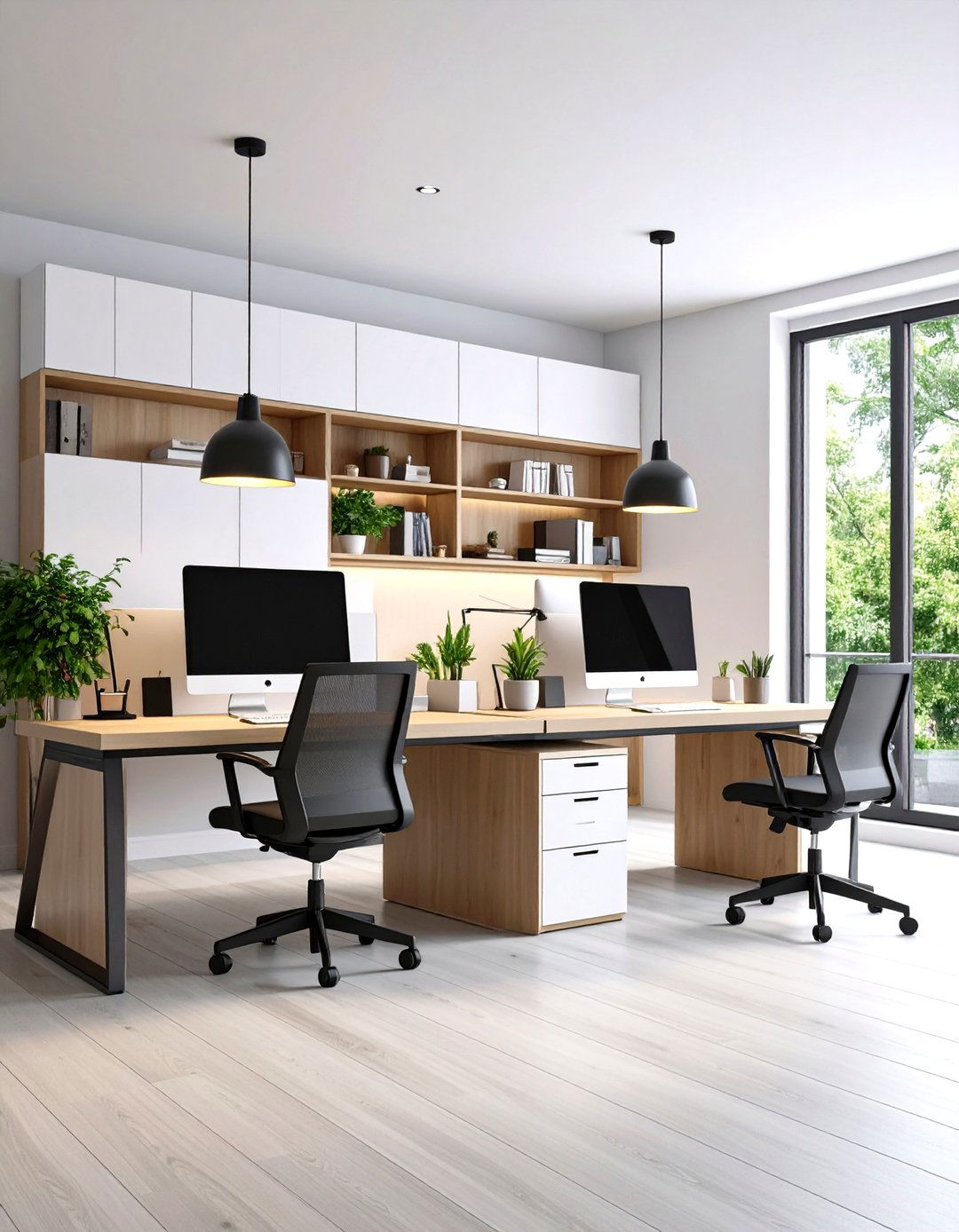
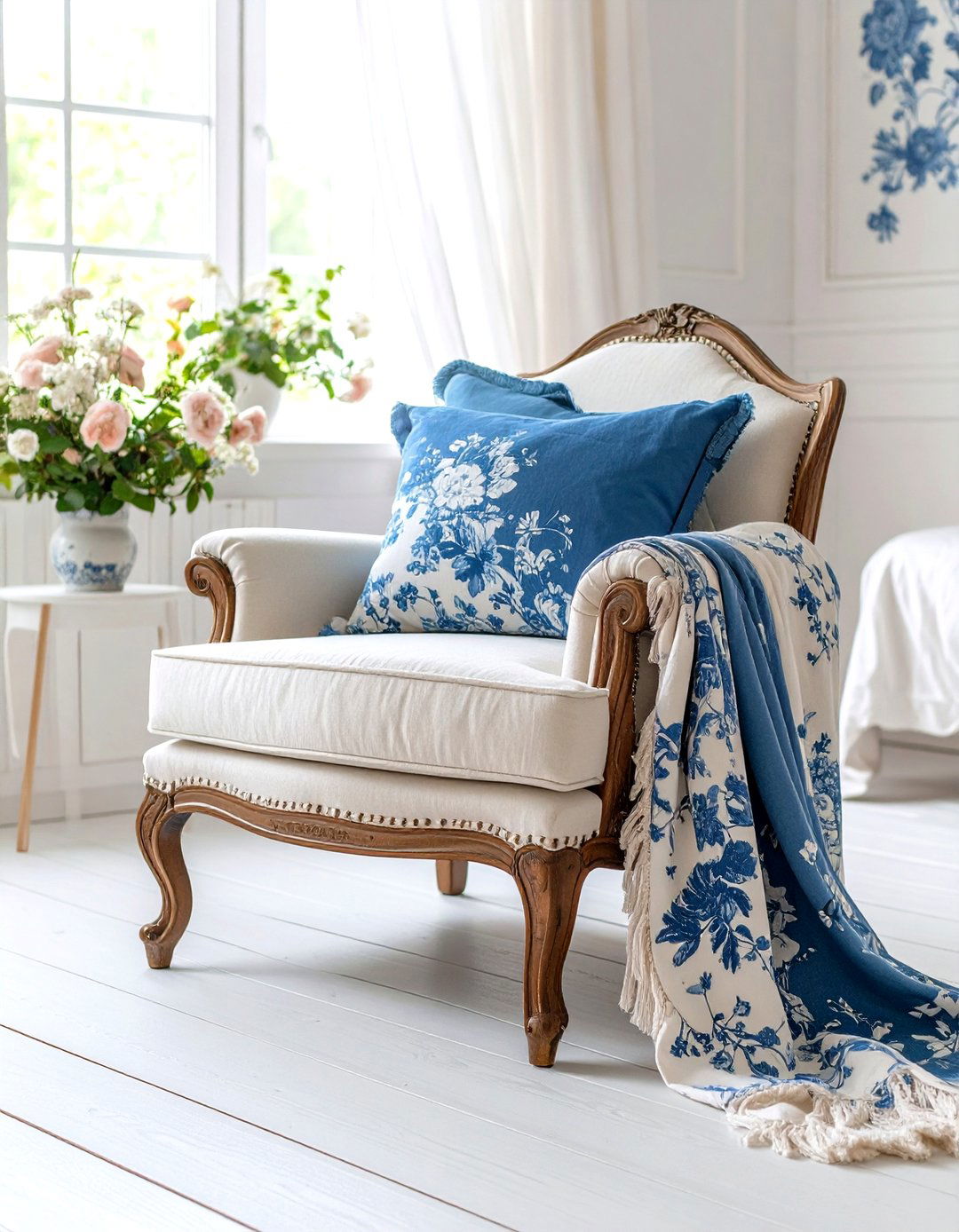
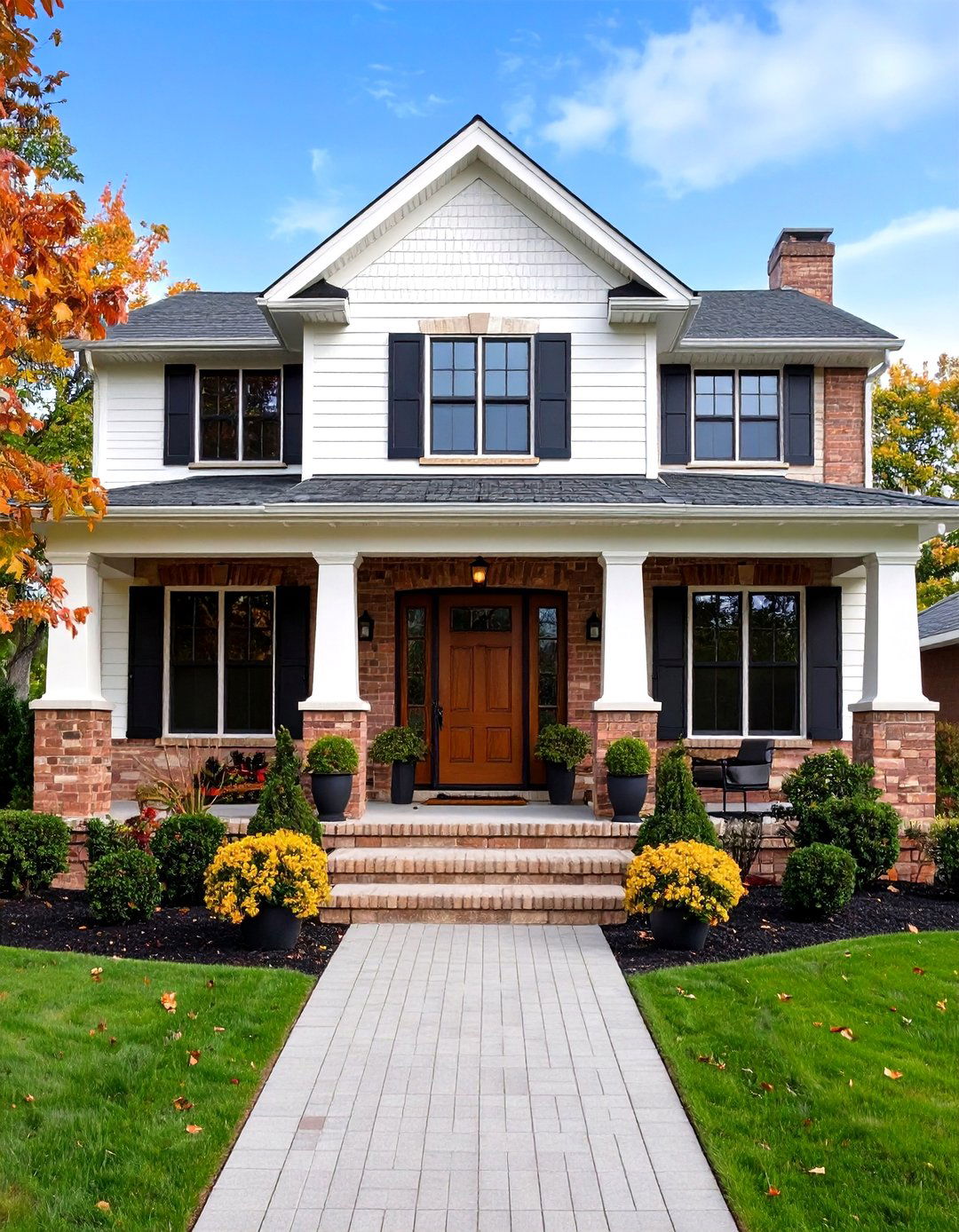
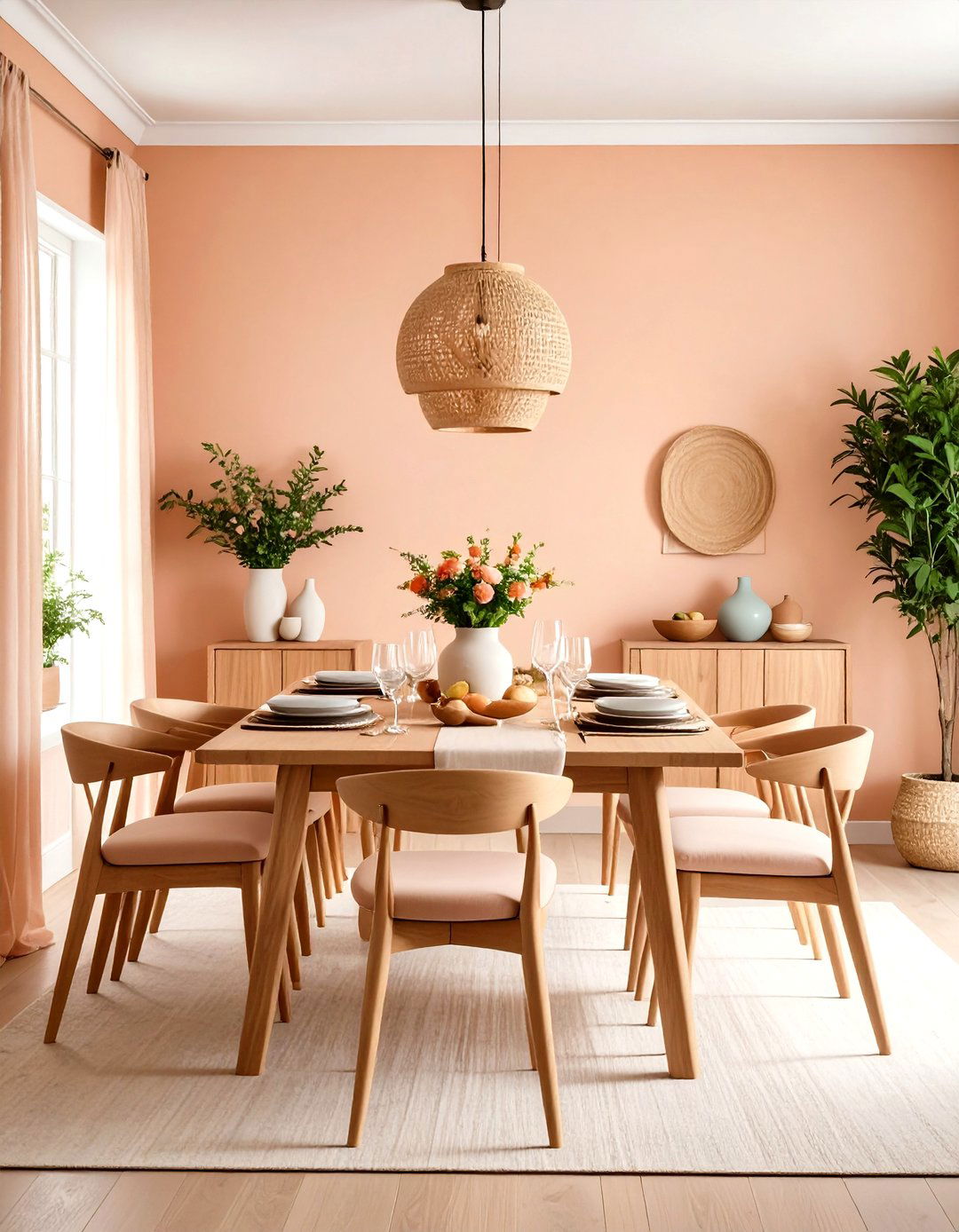

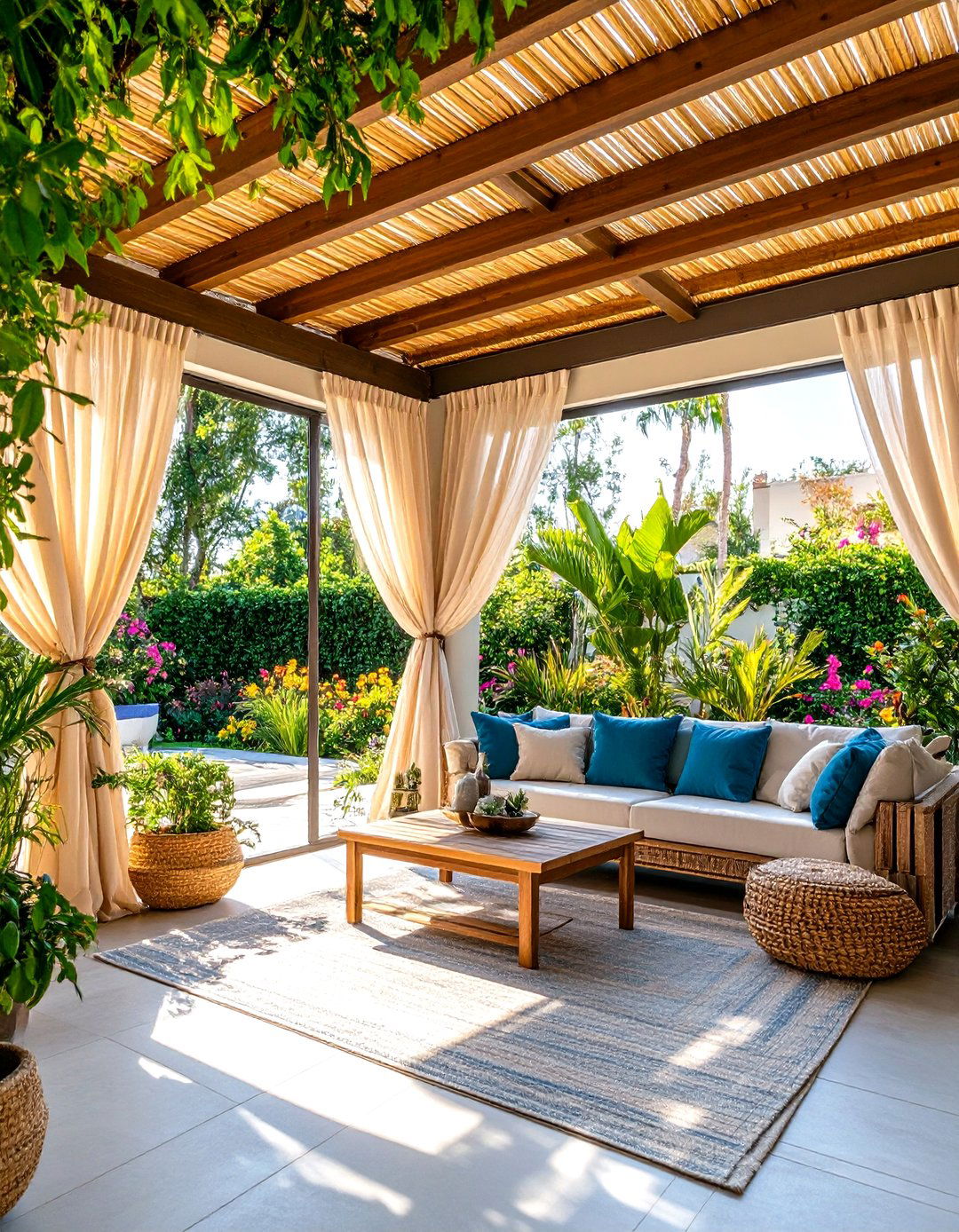
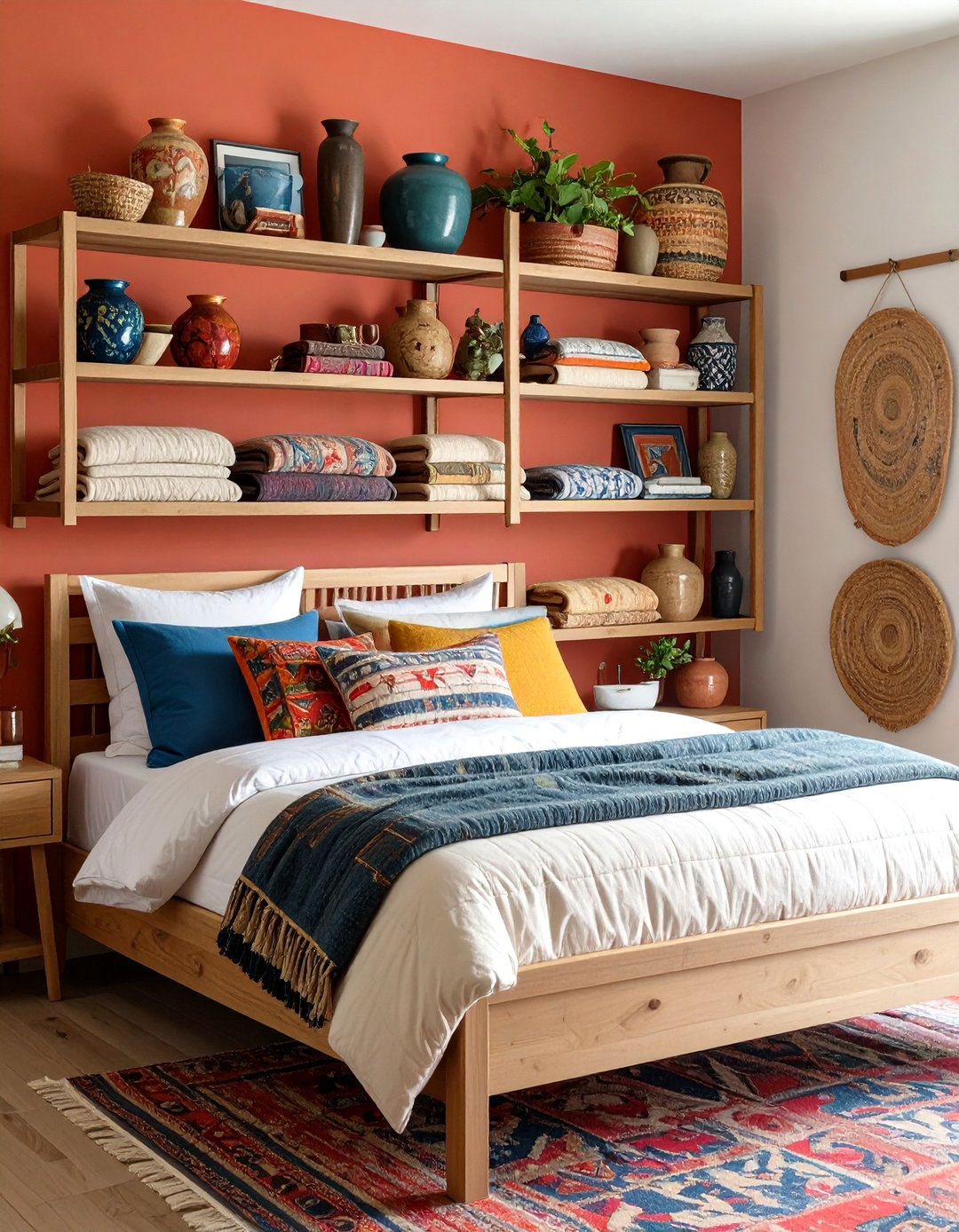
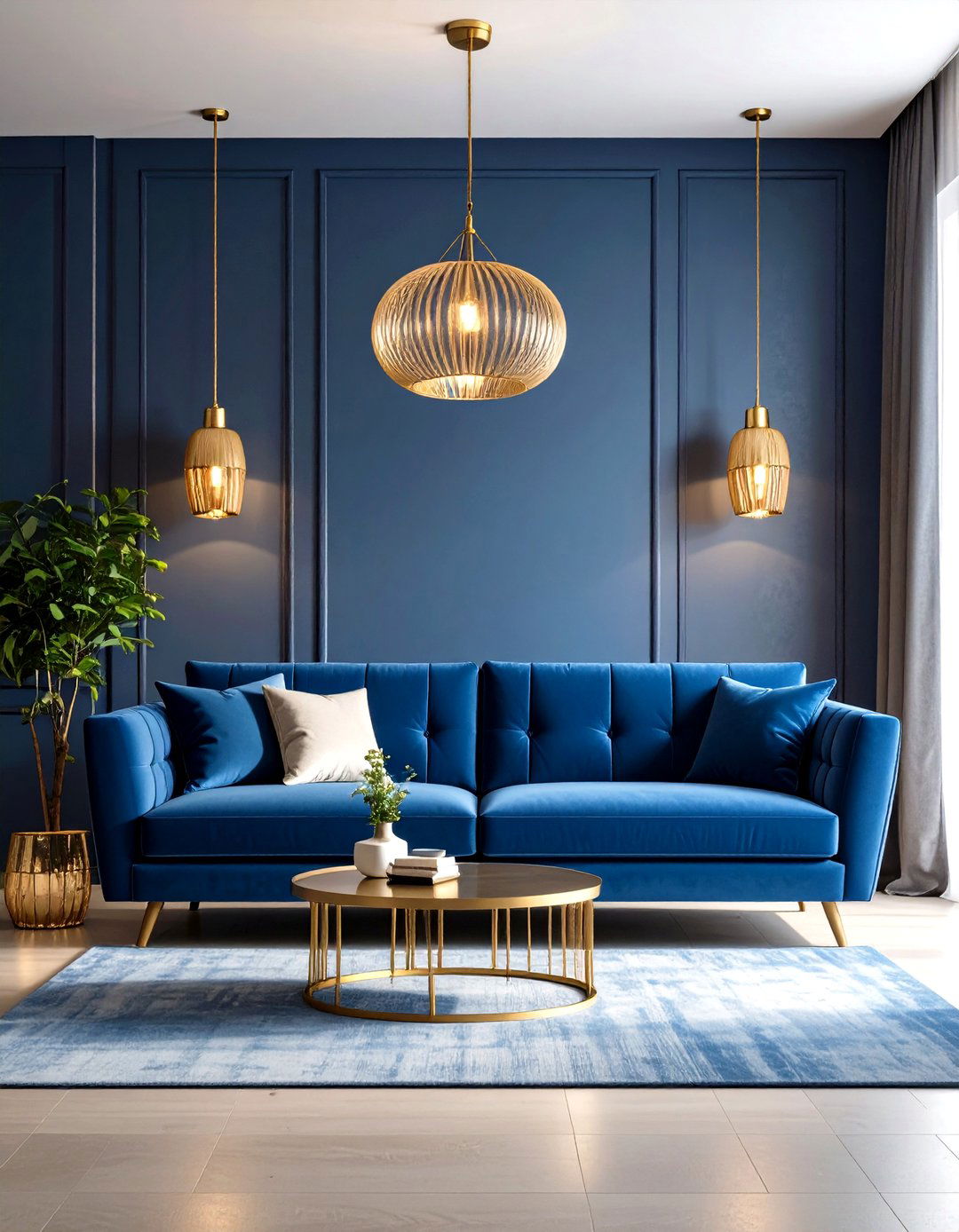

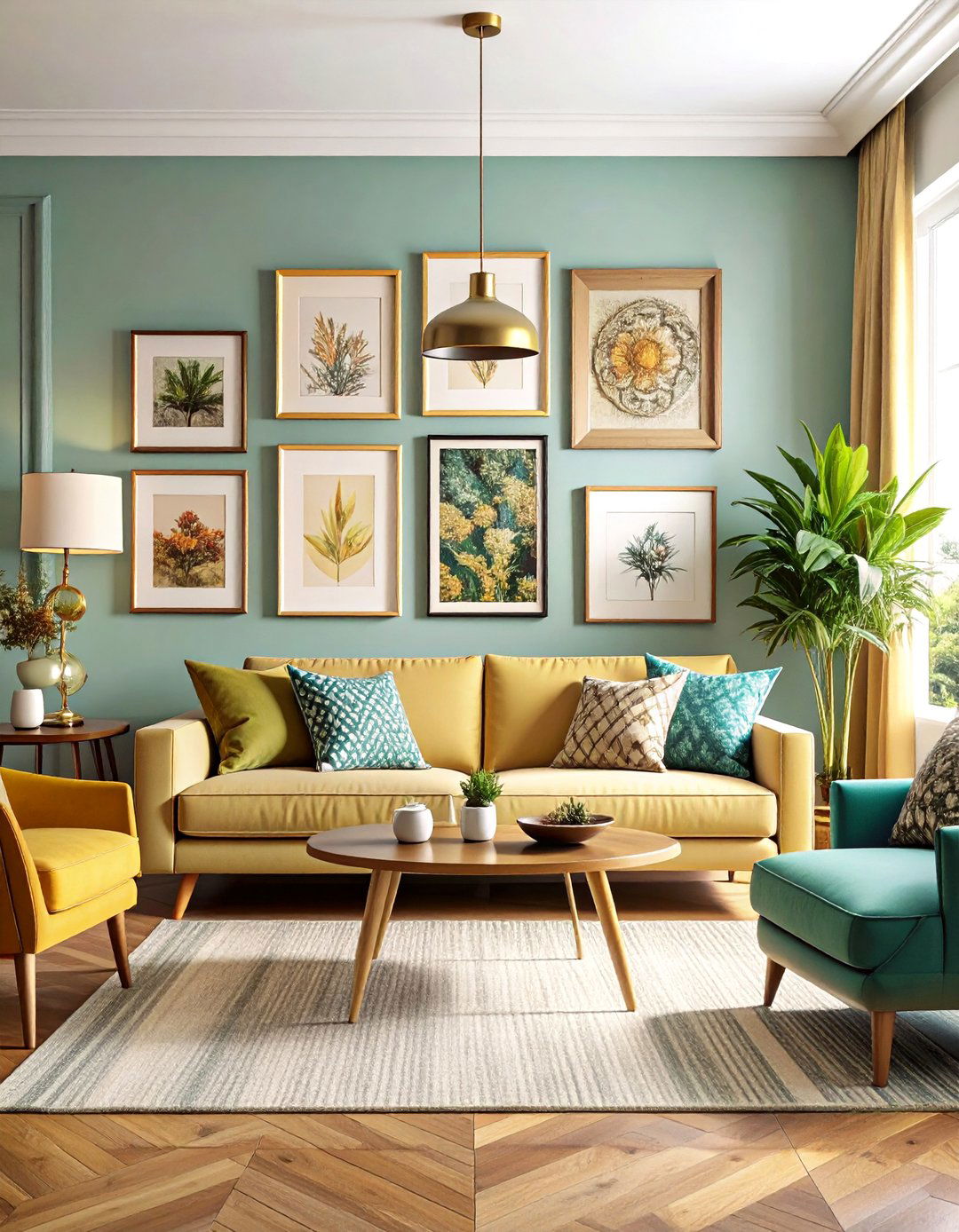

Leave a Reply